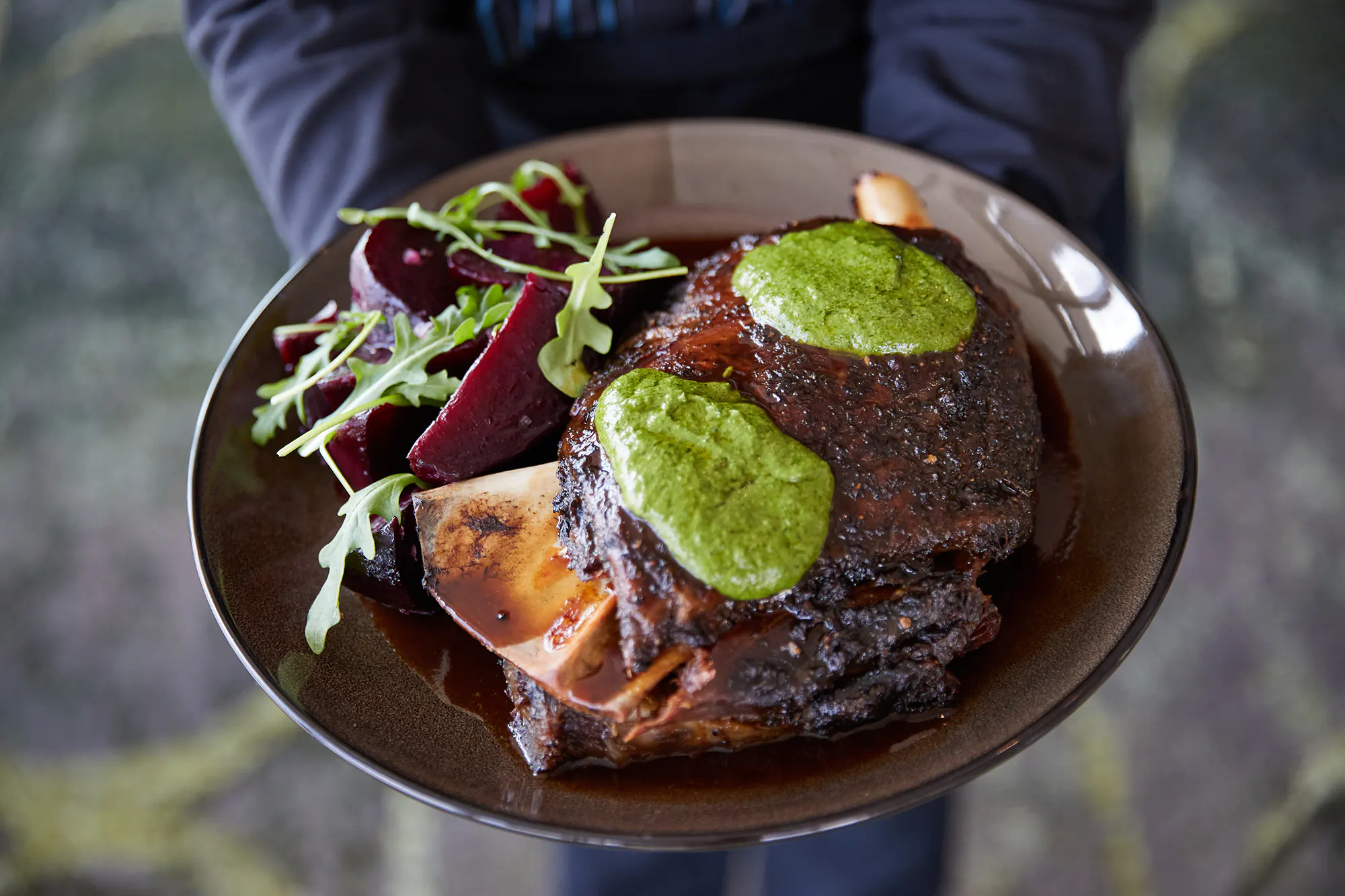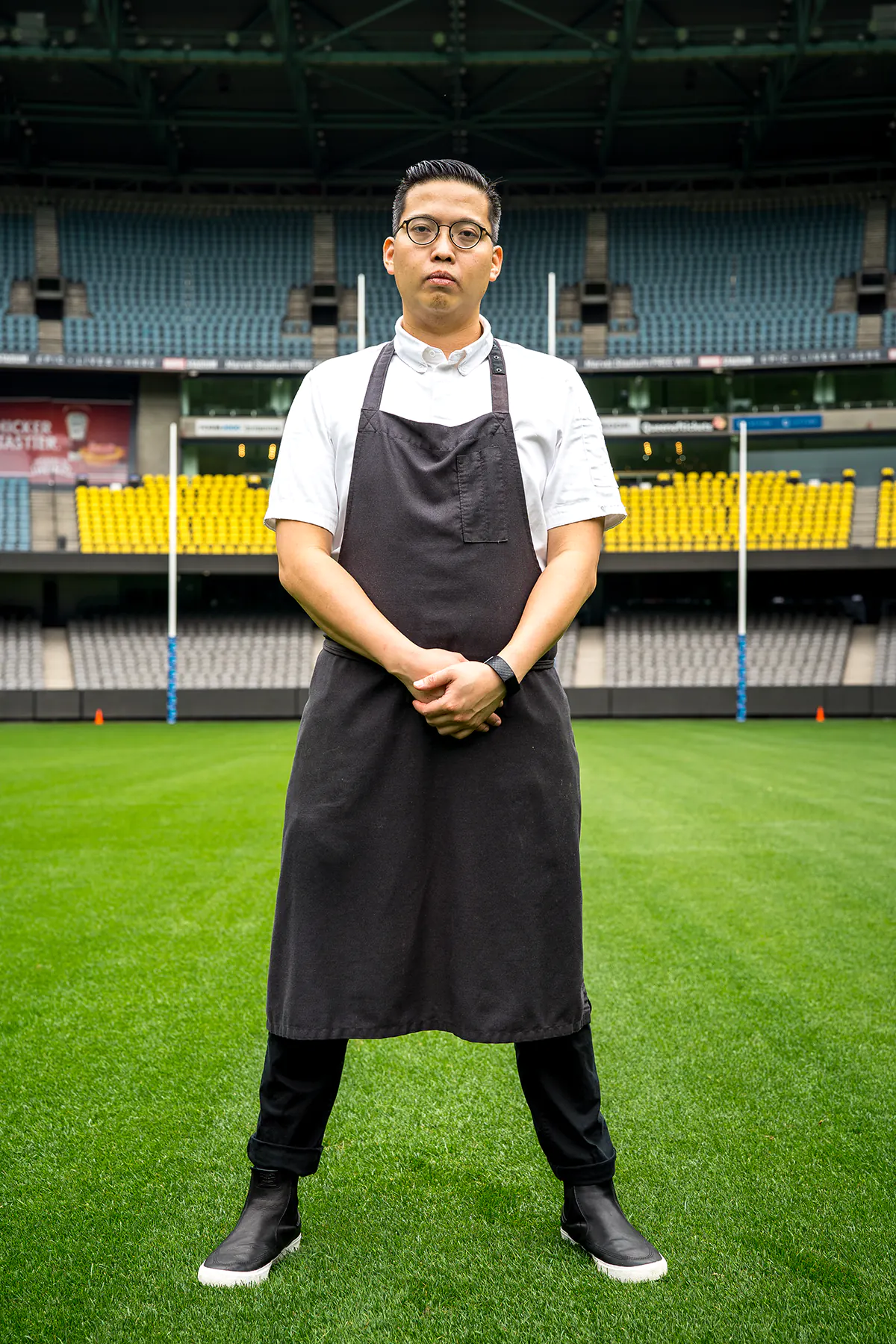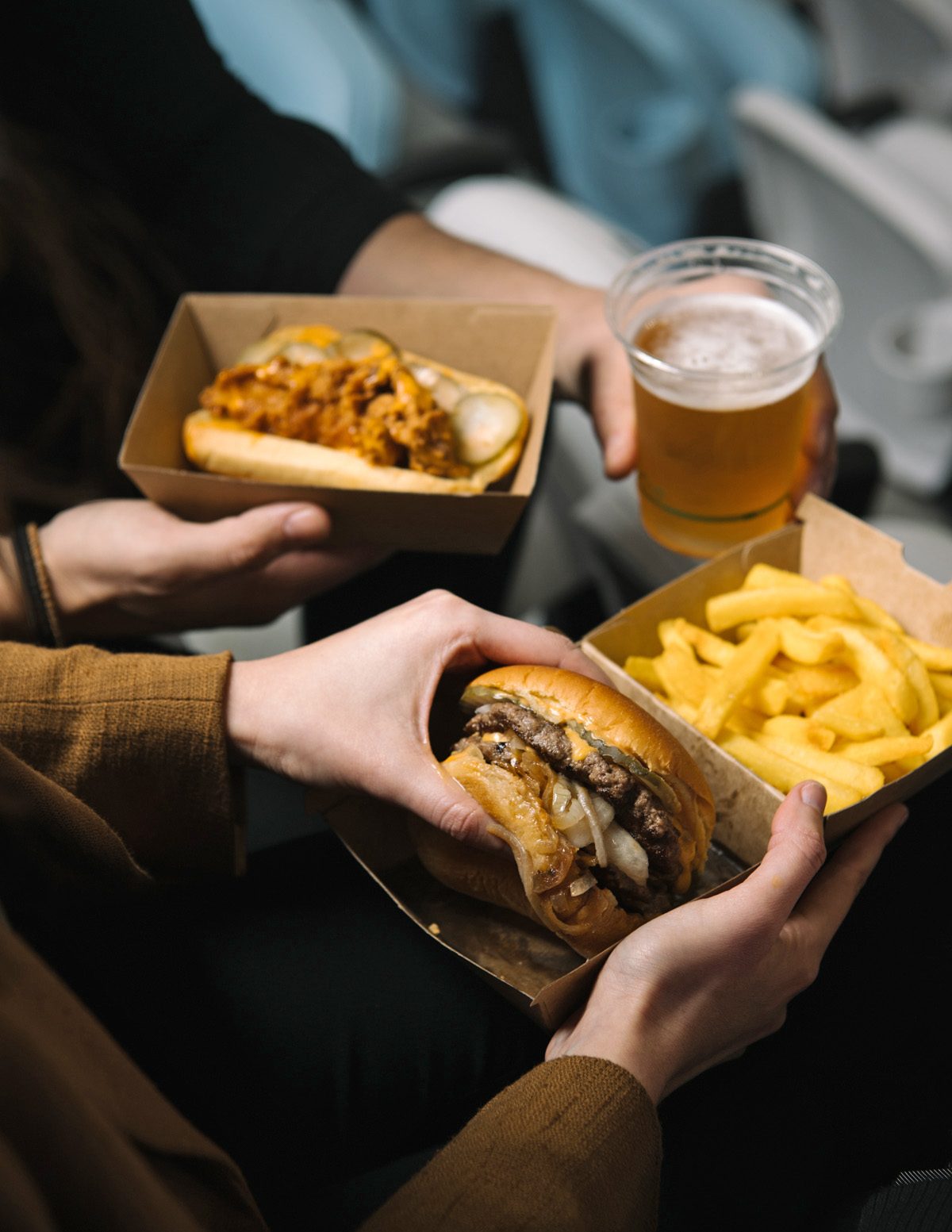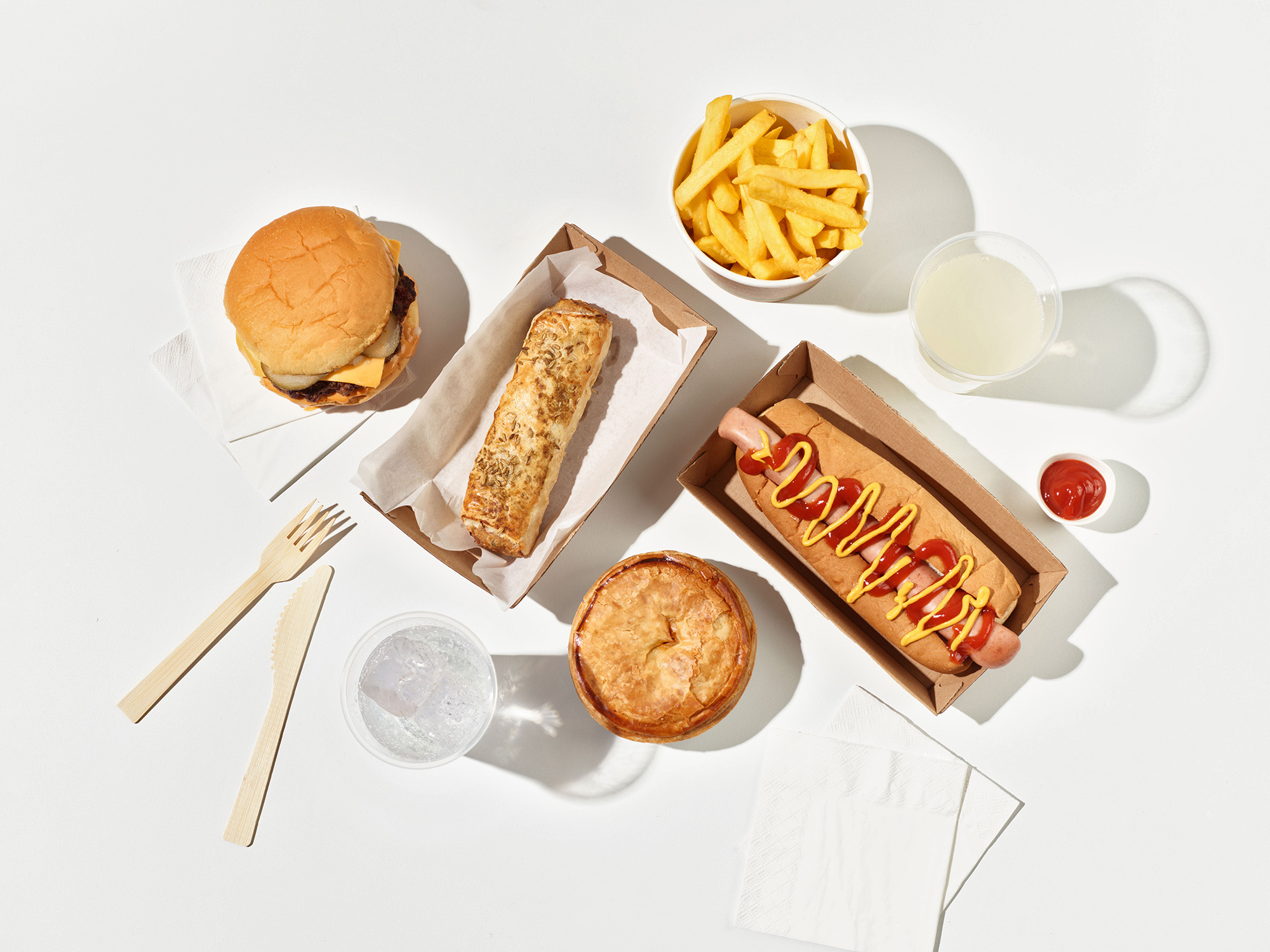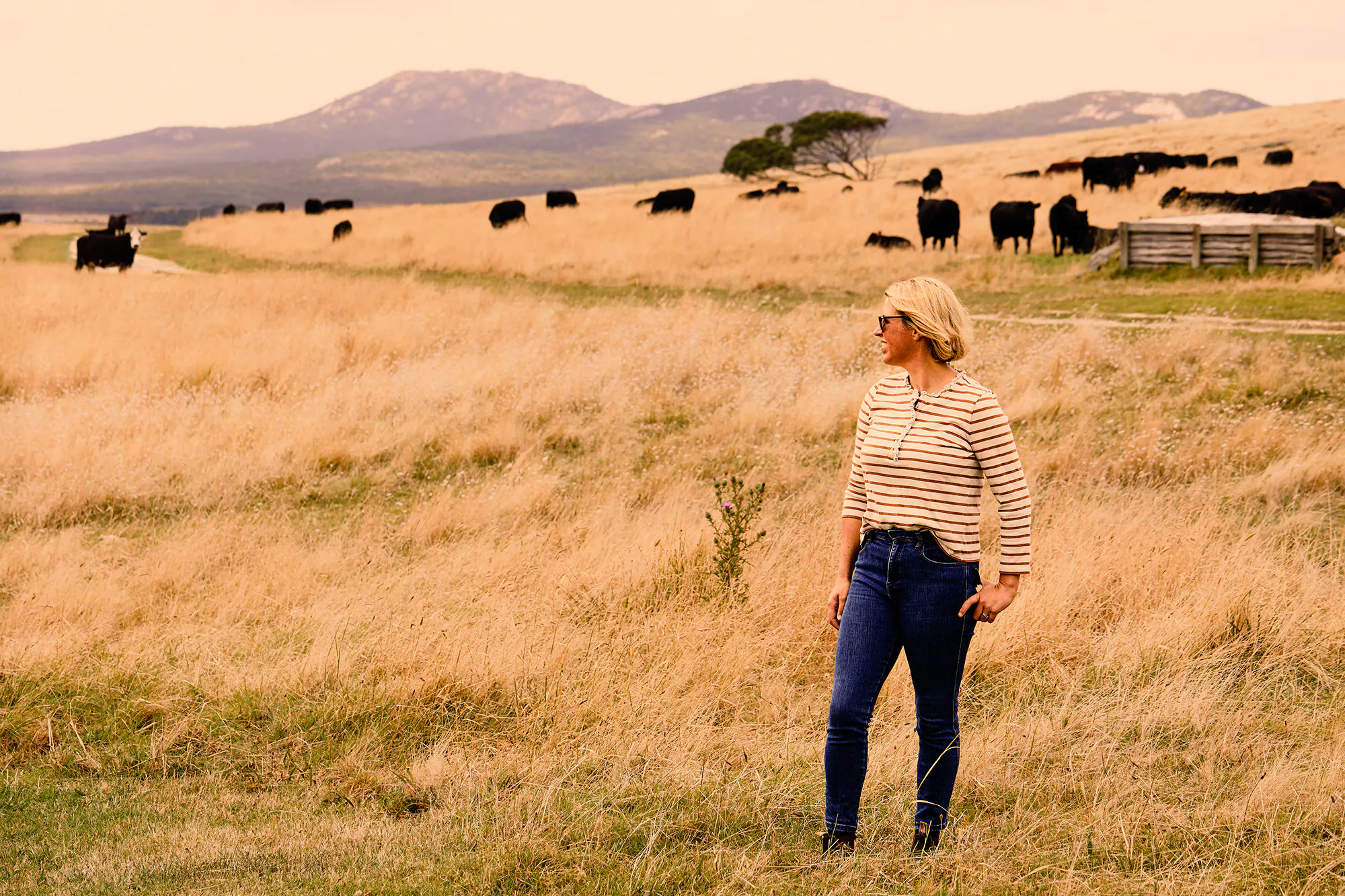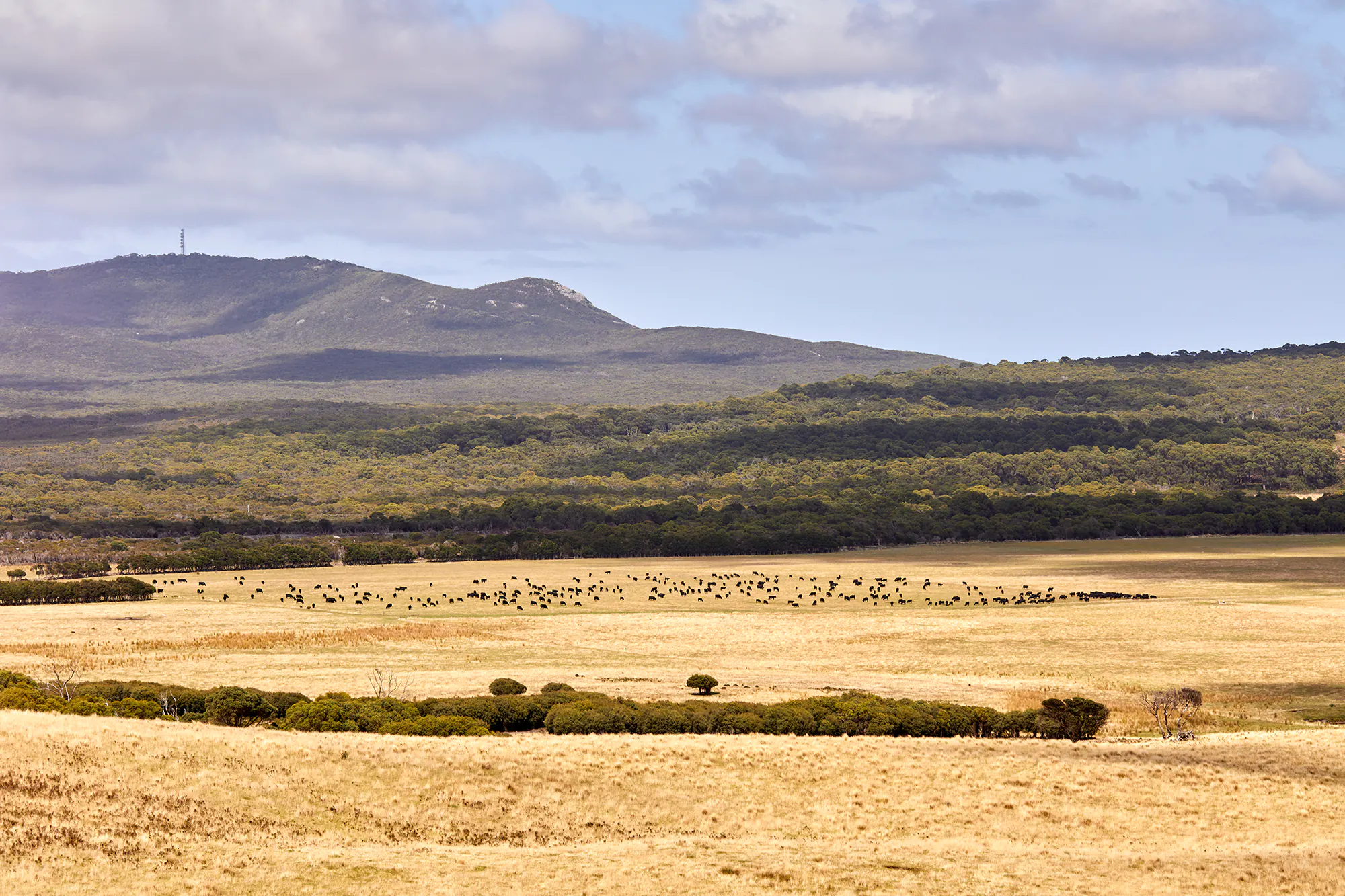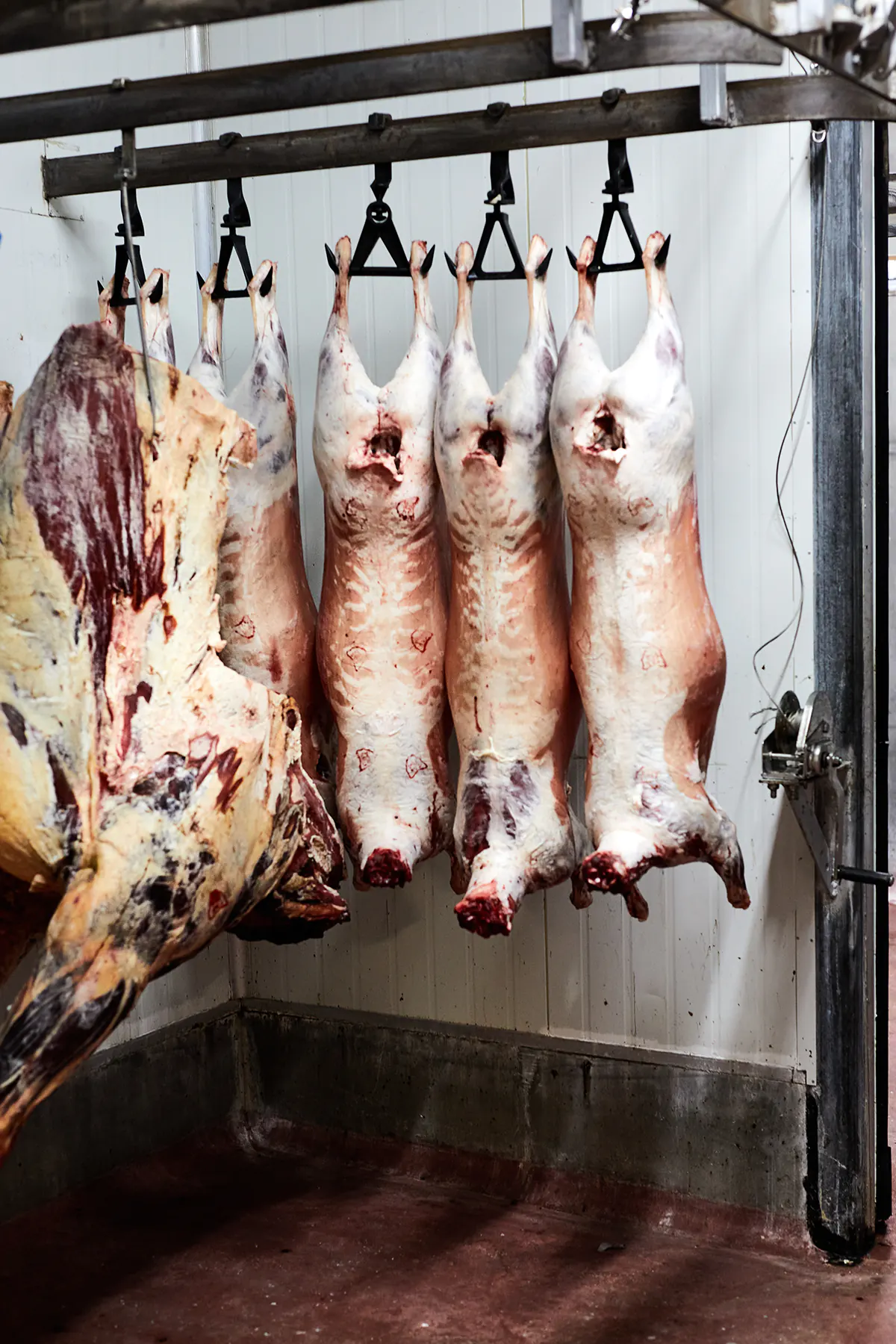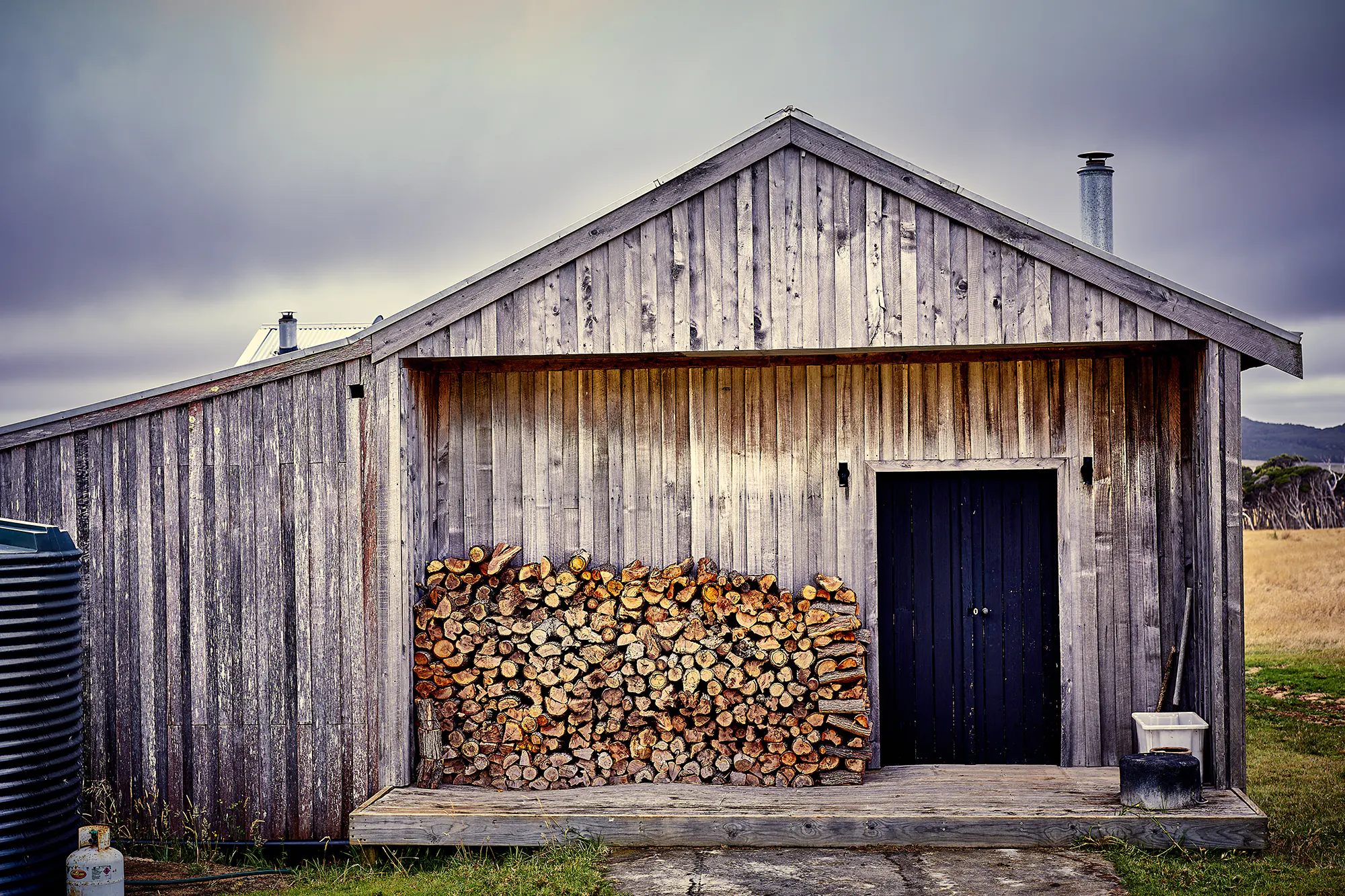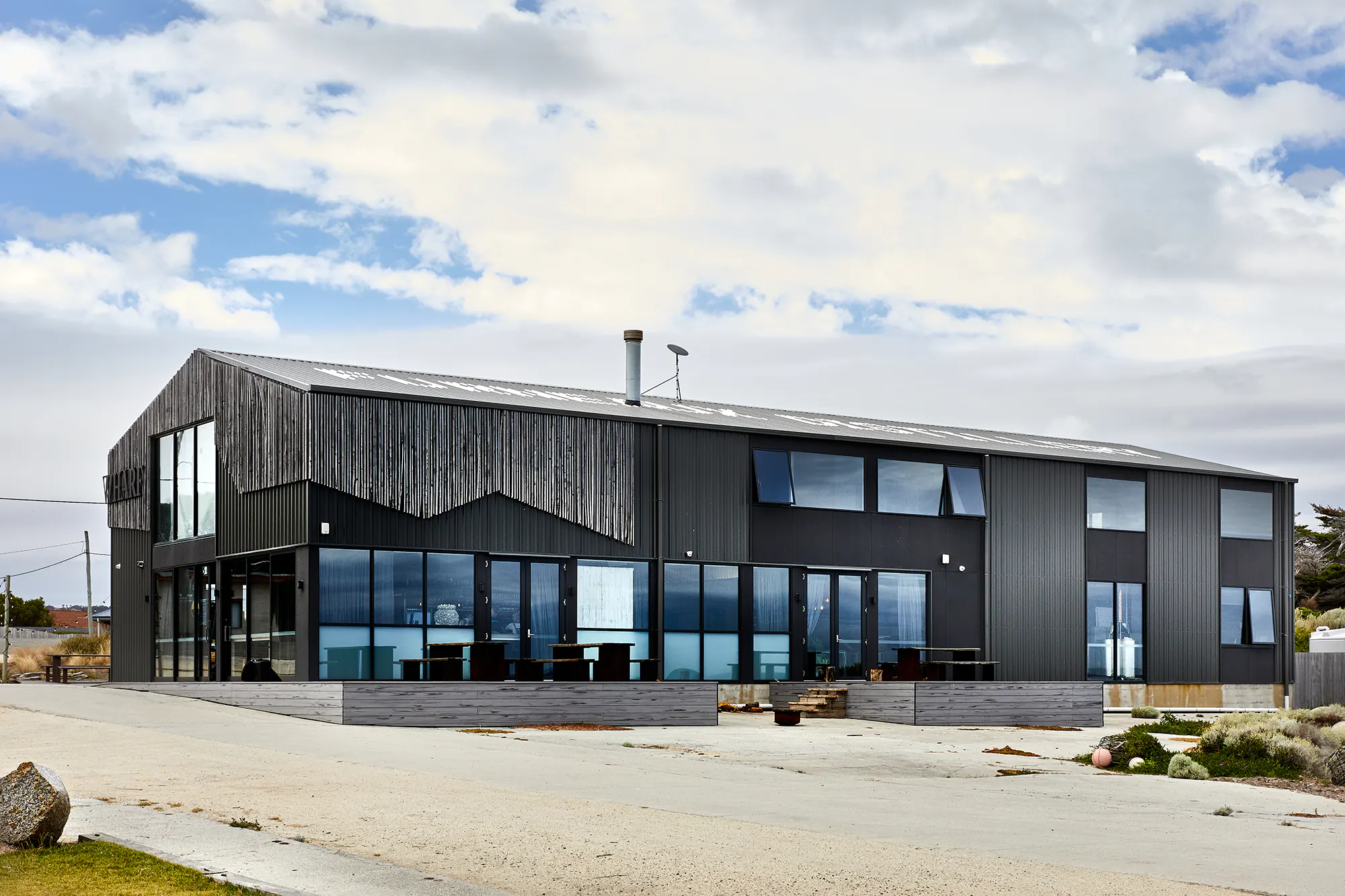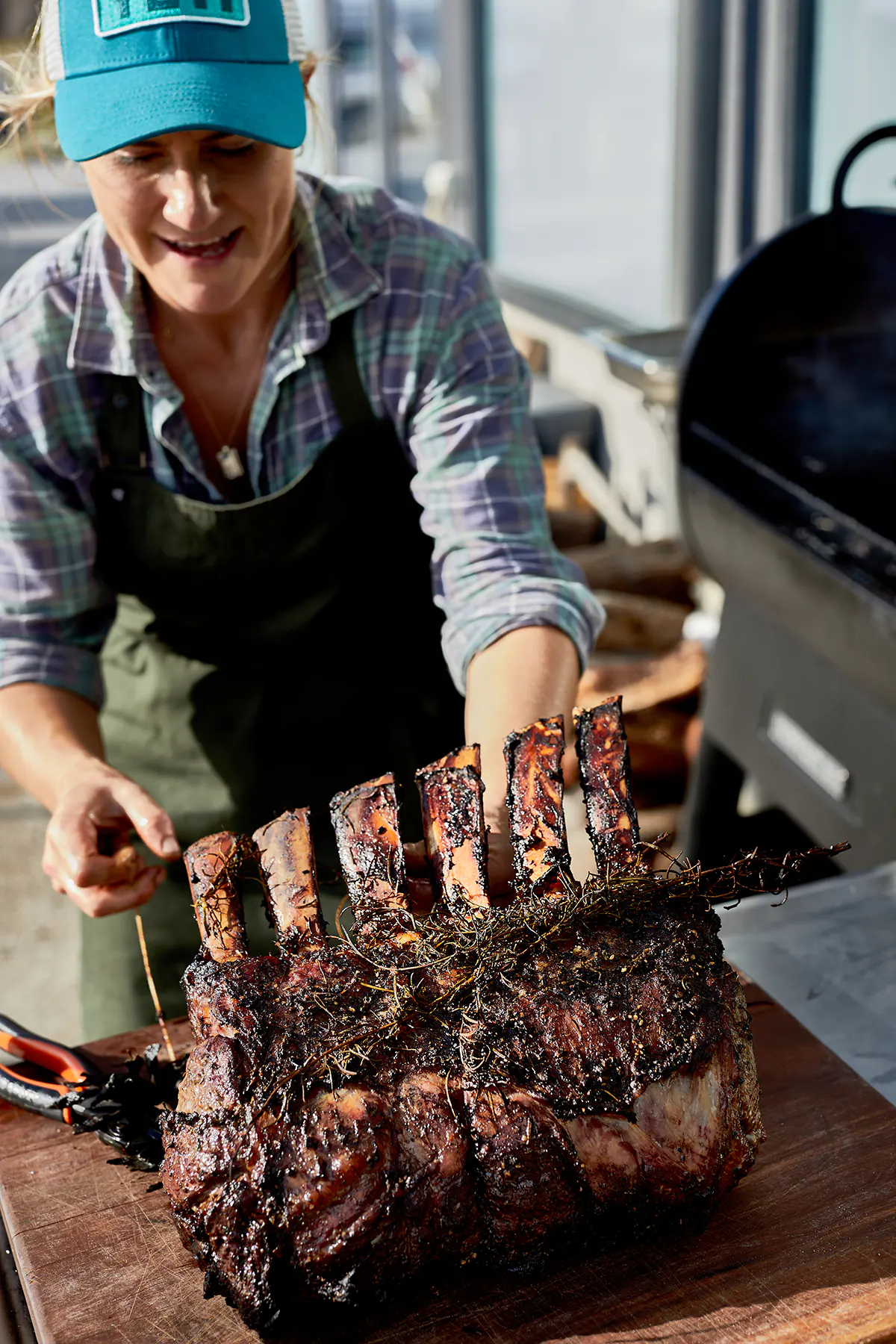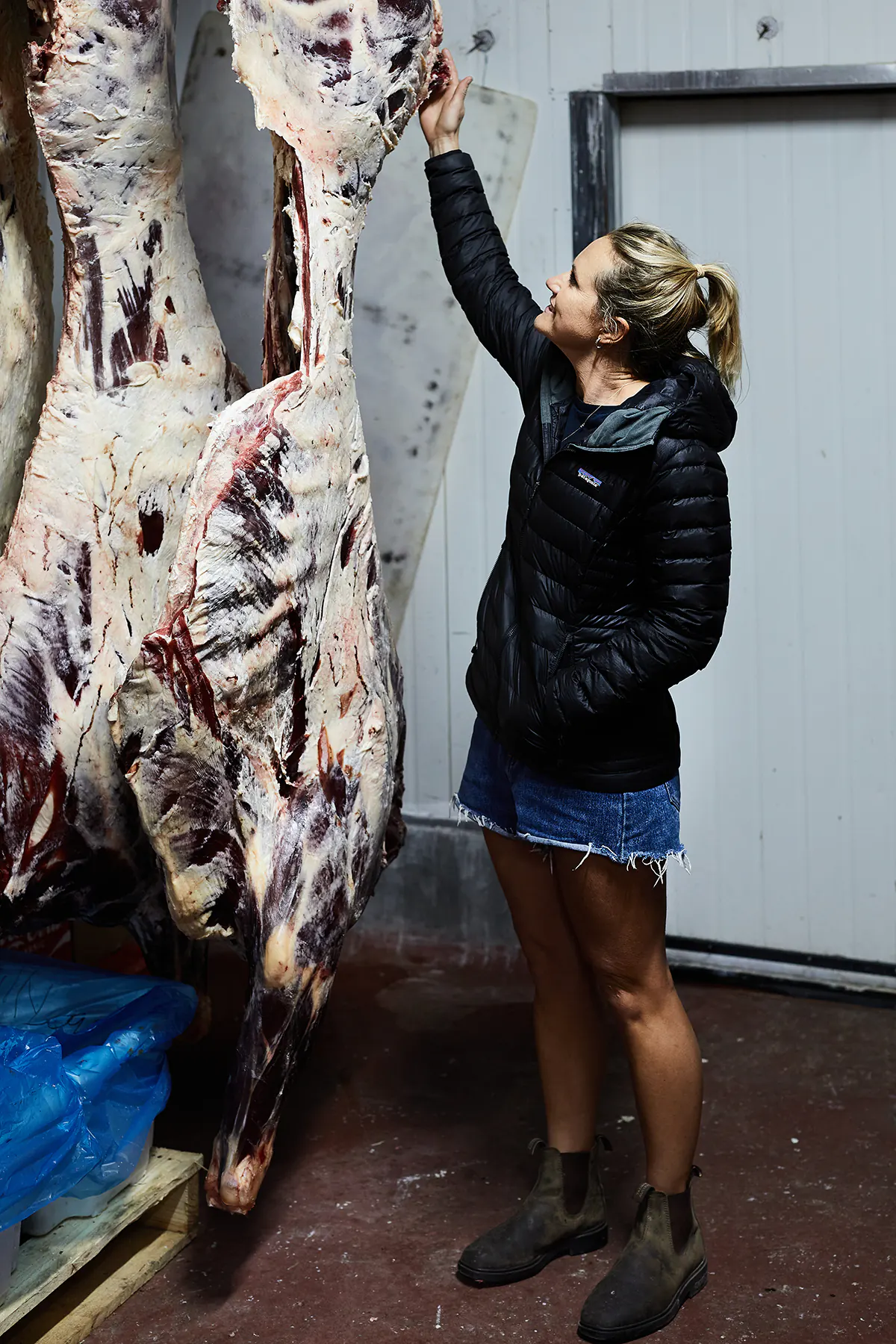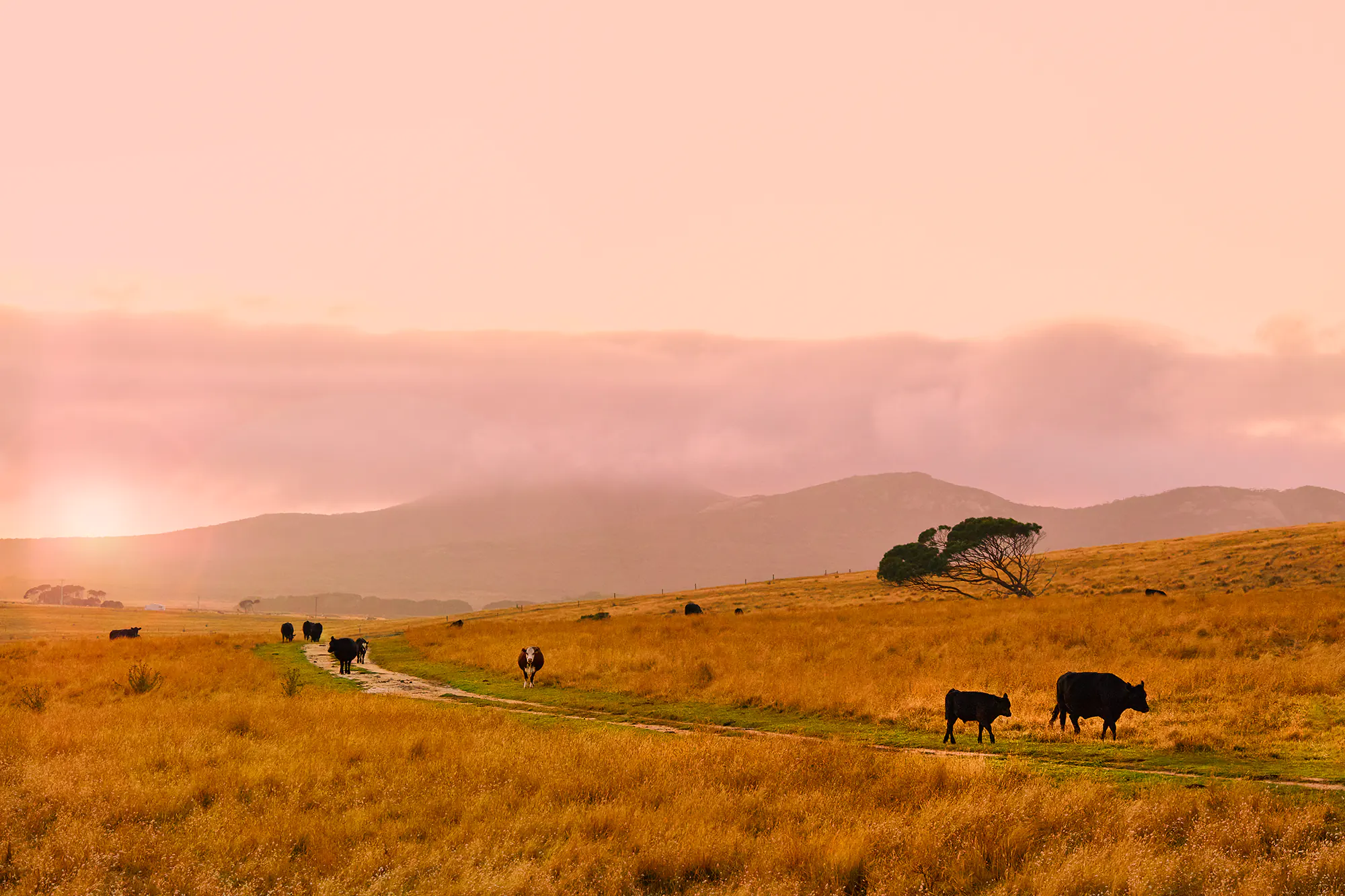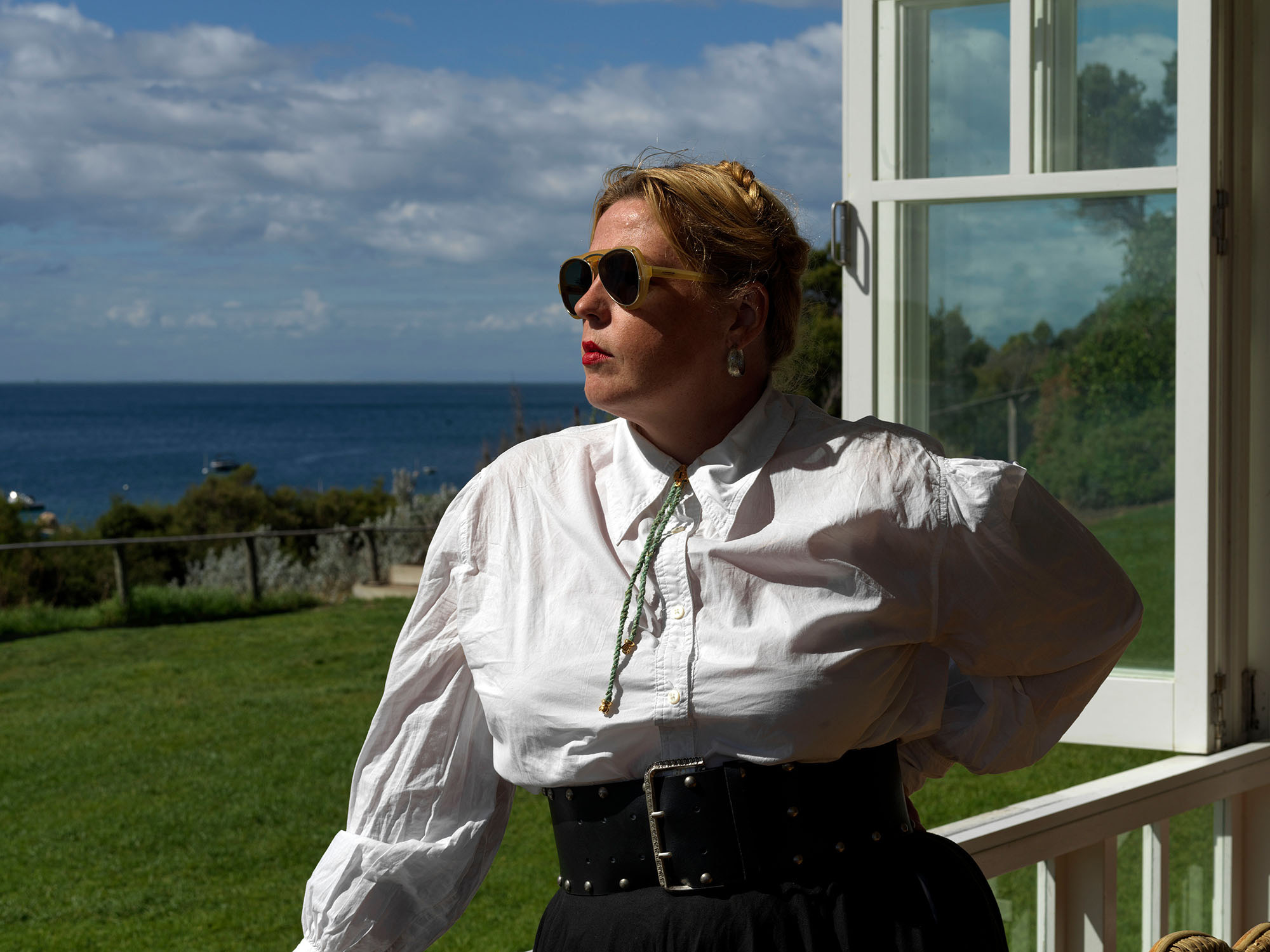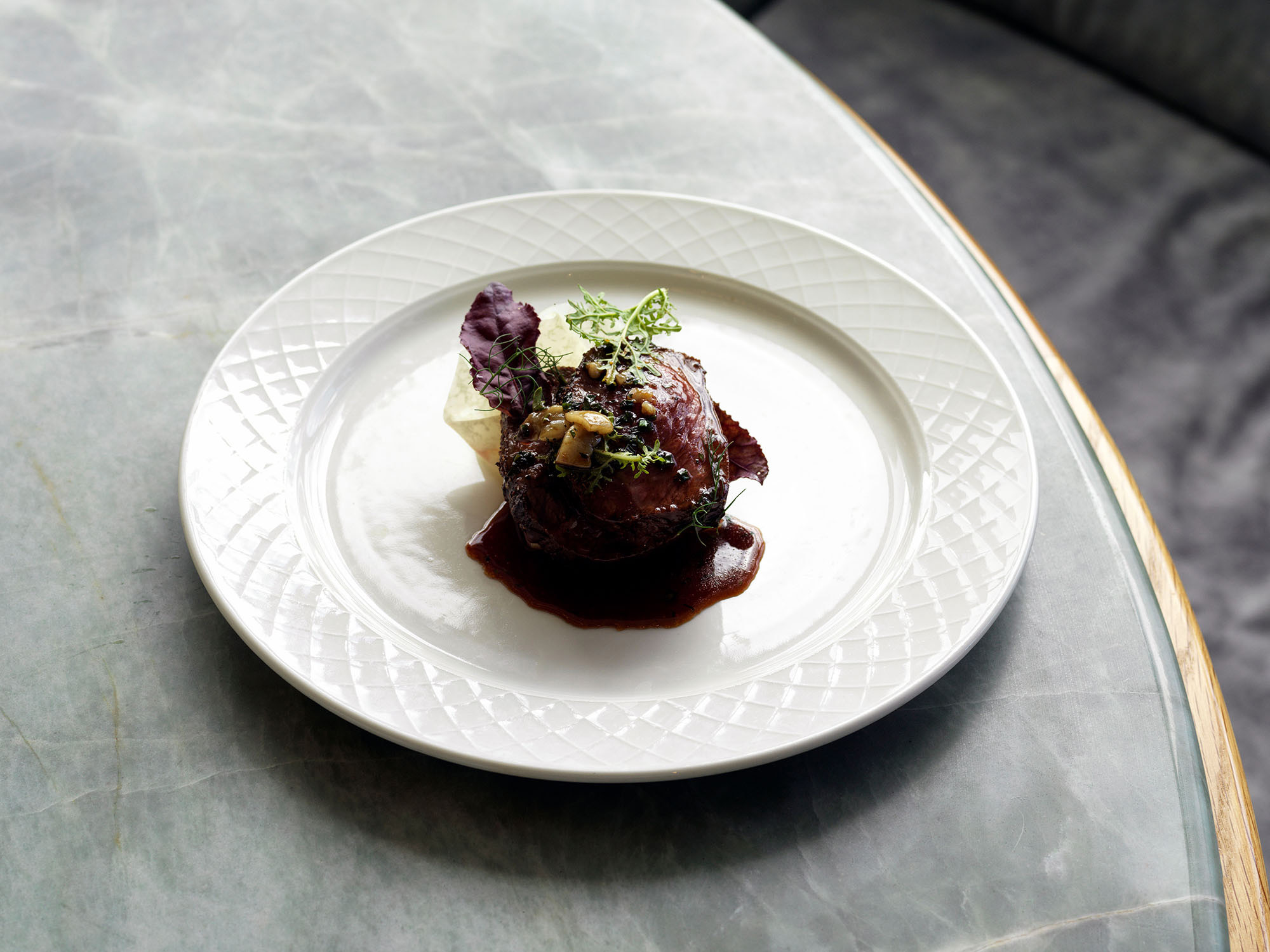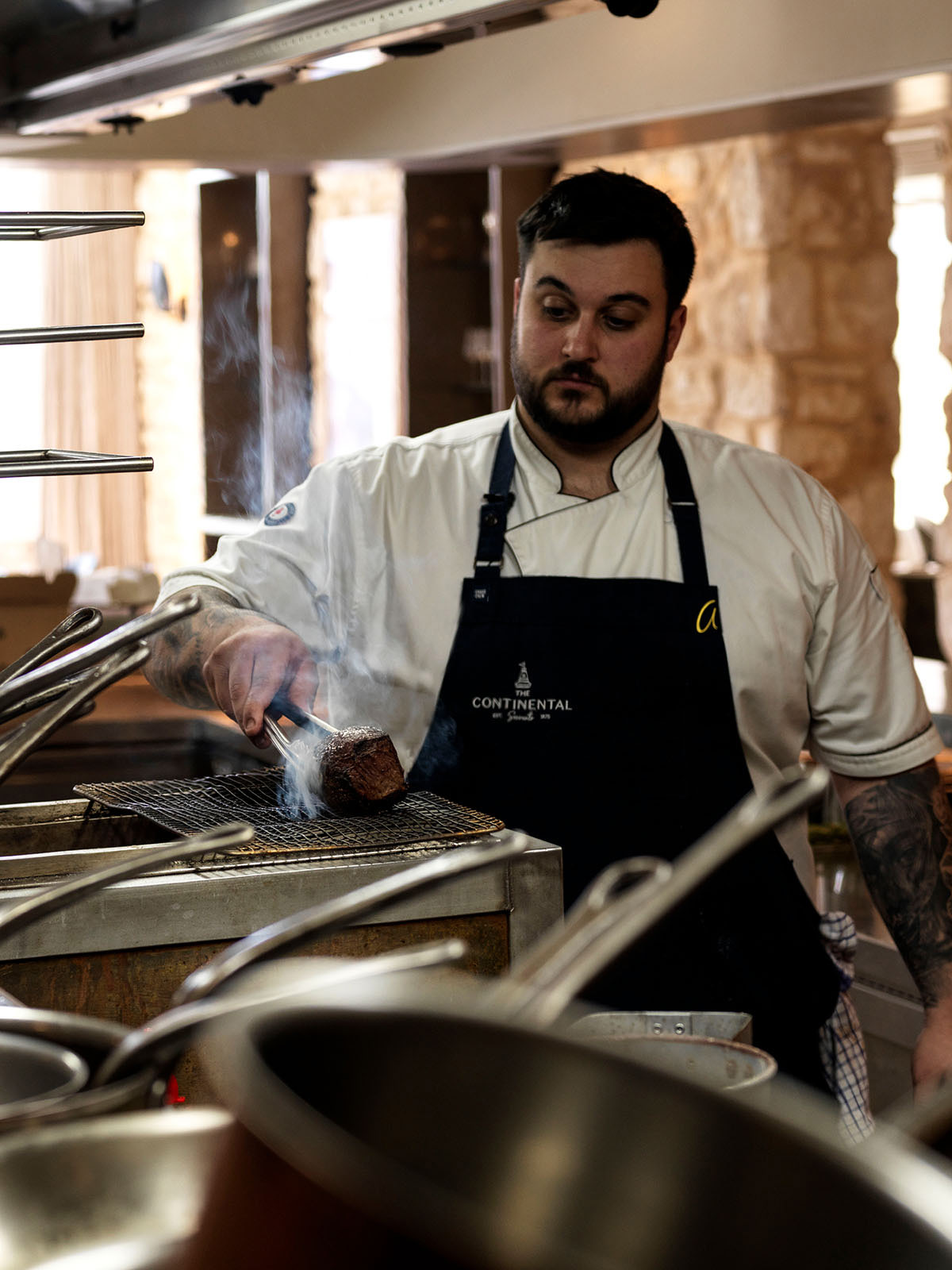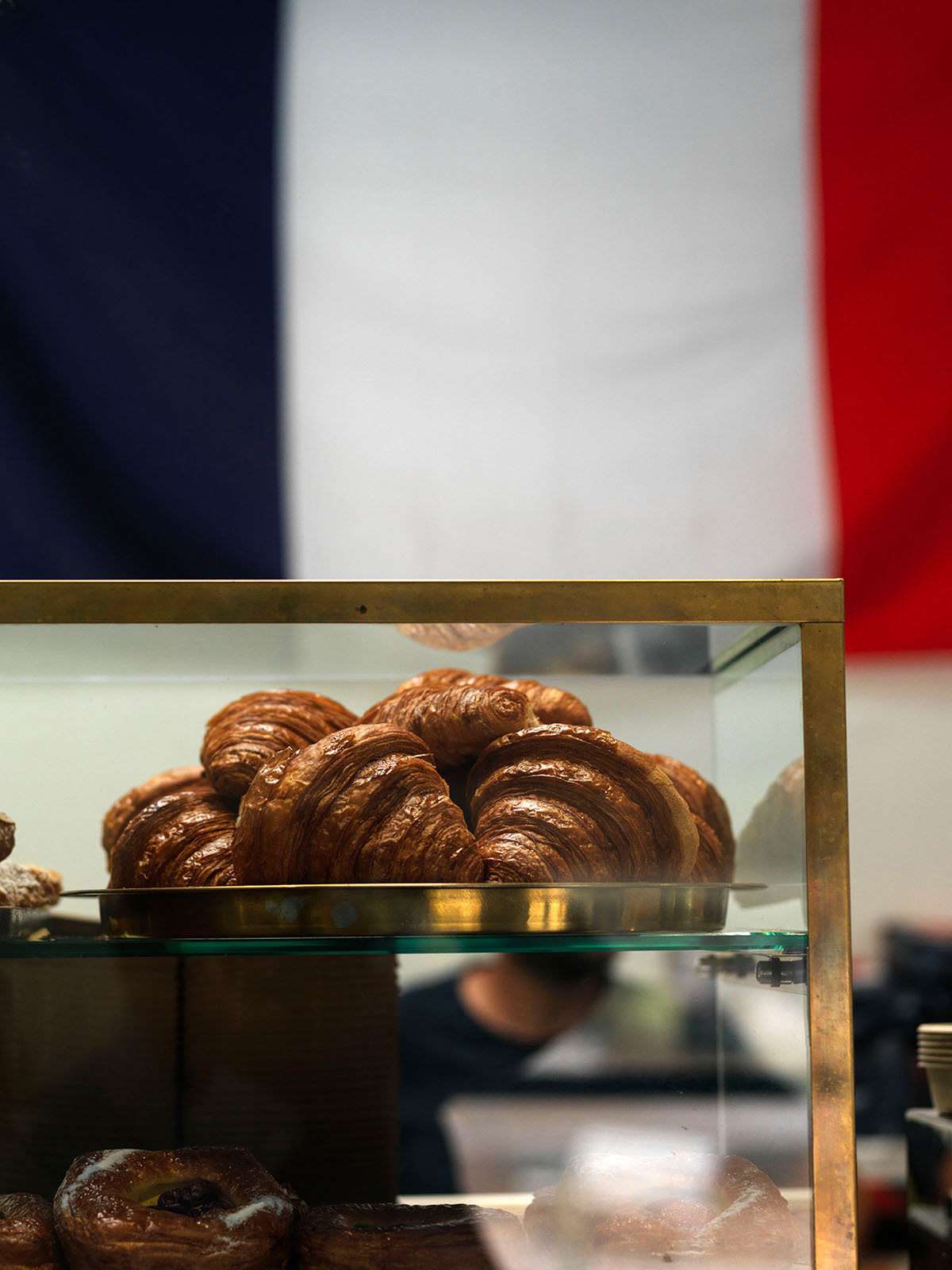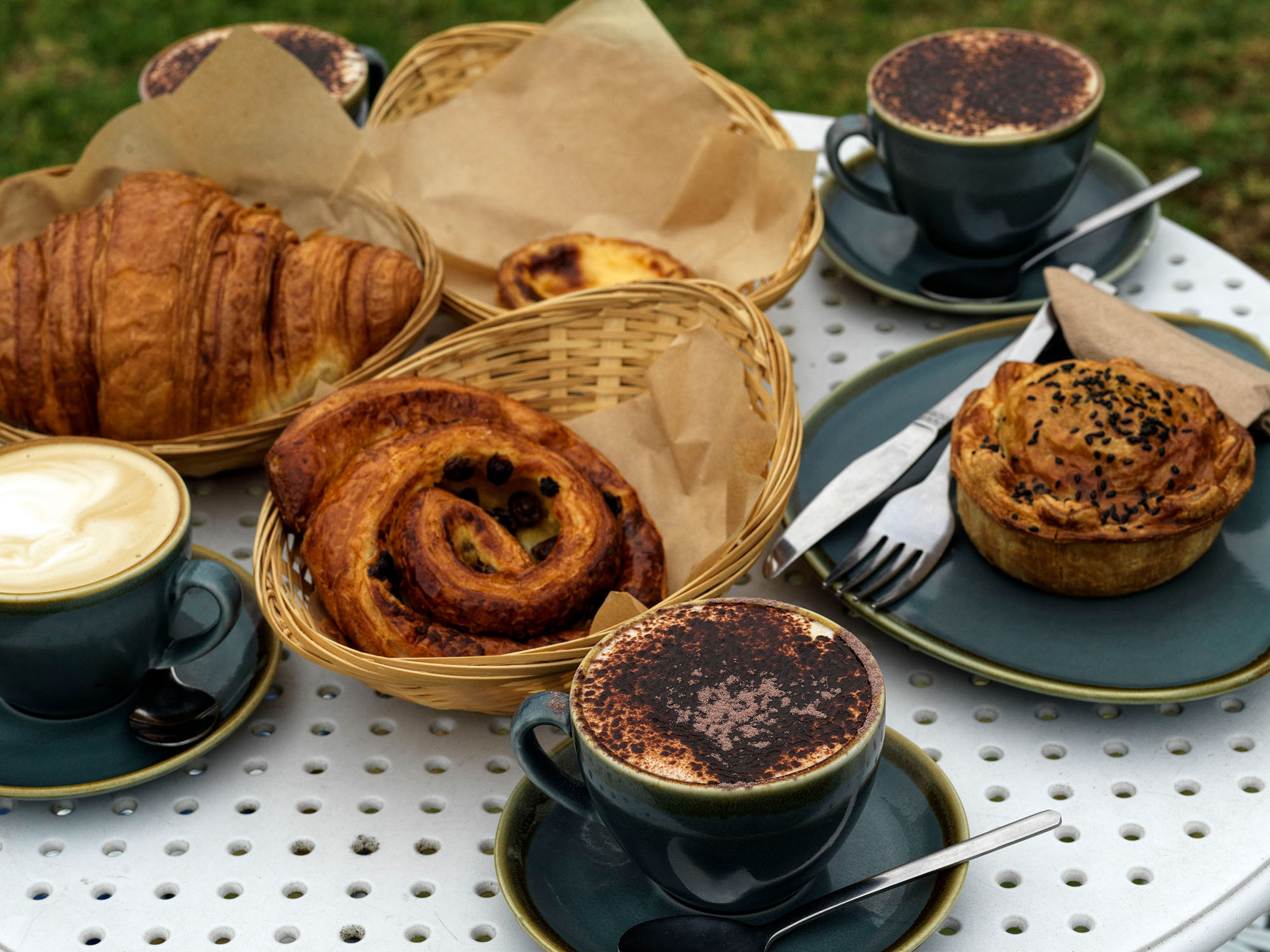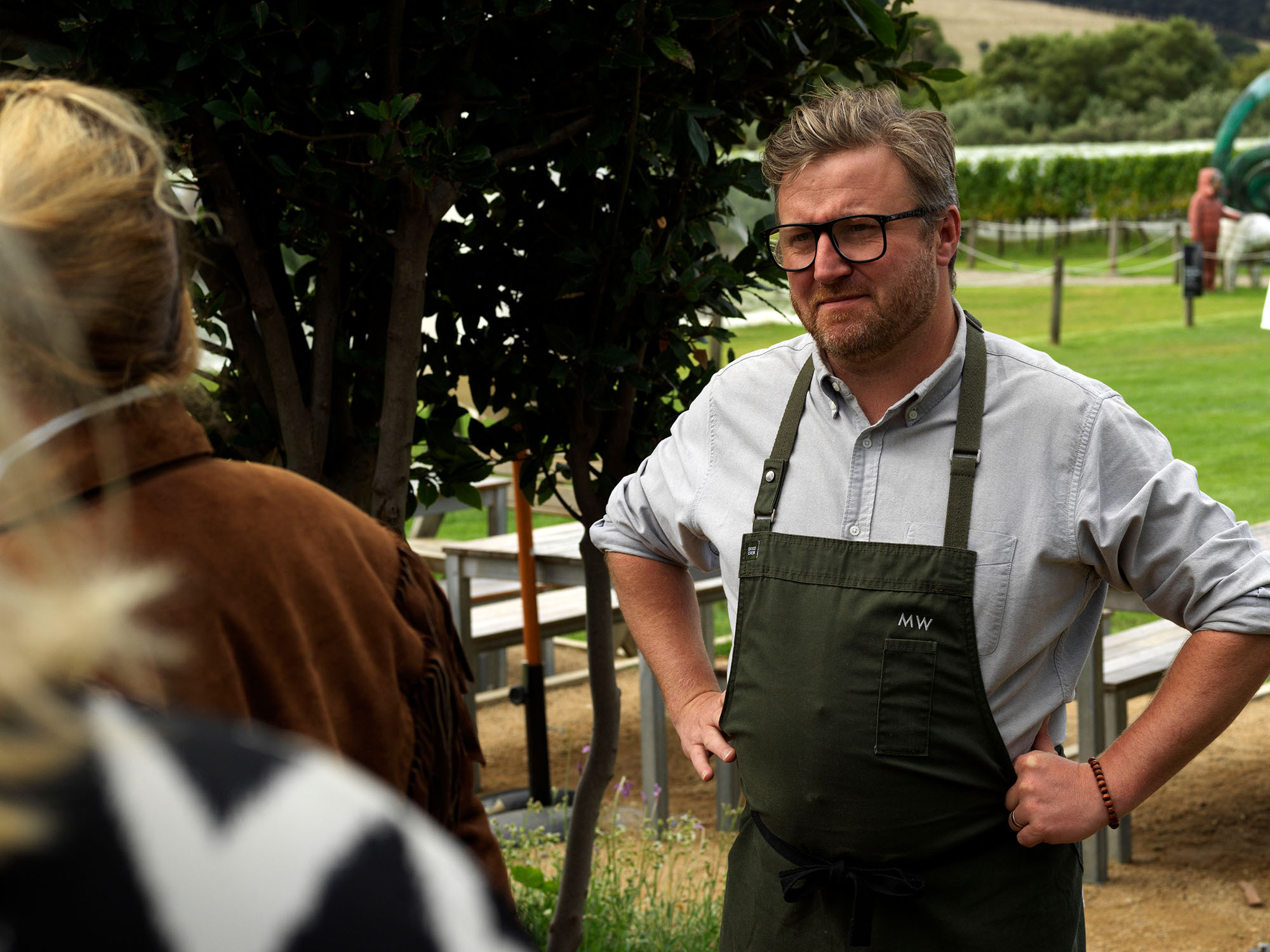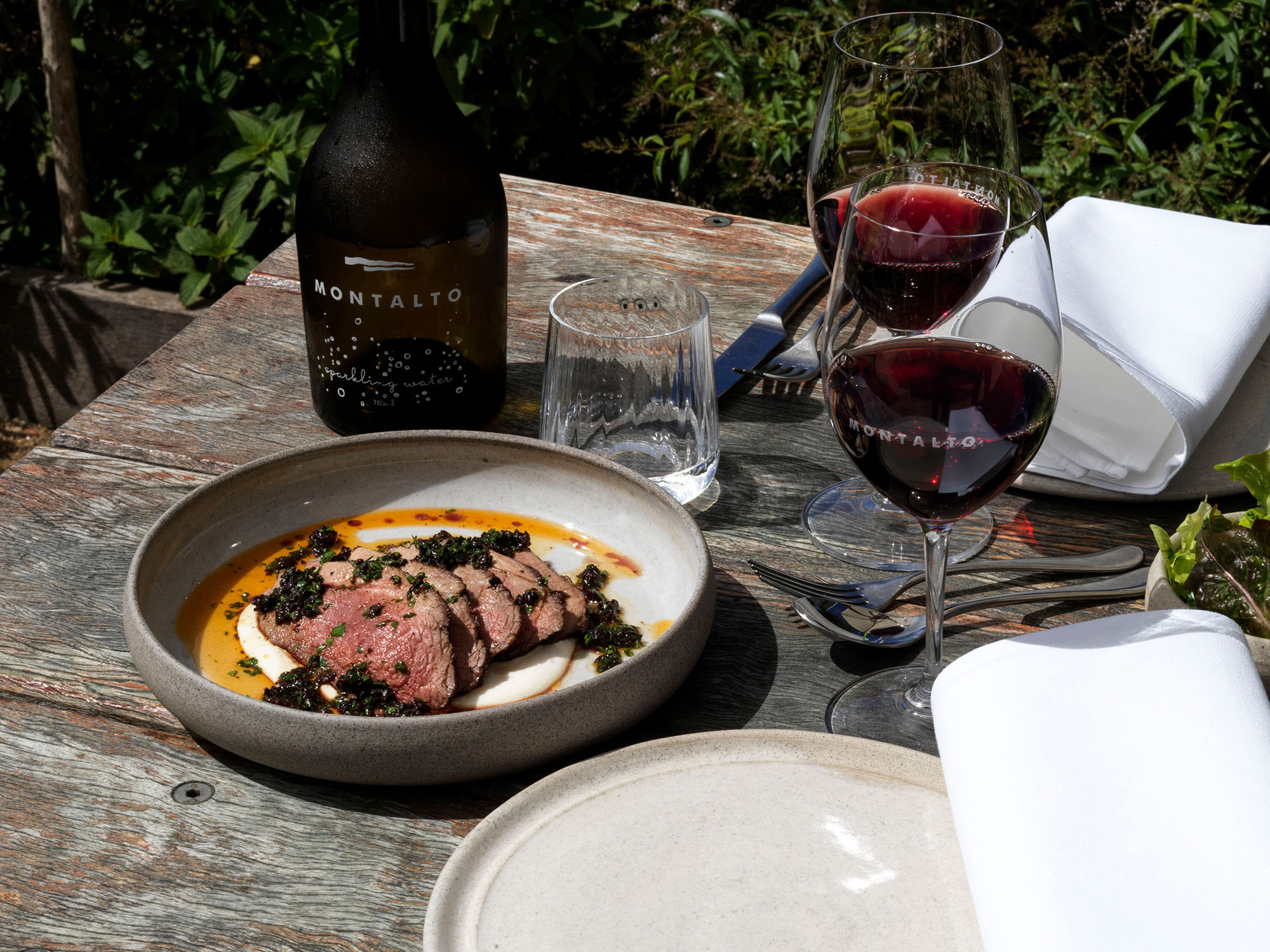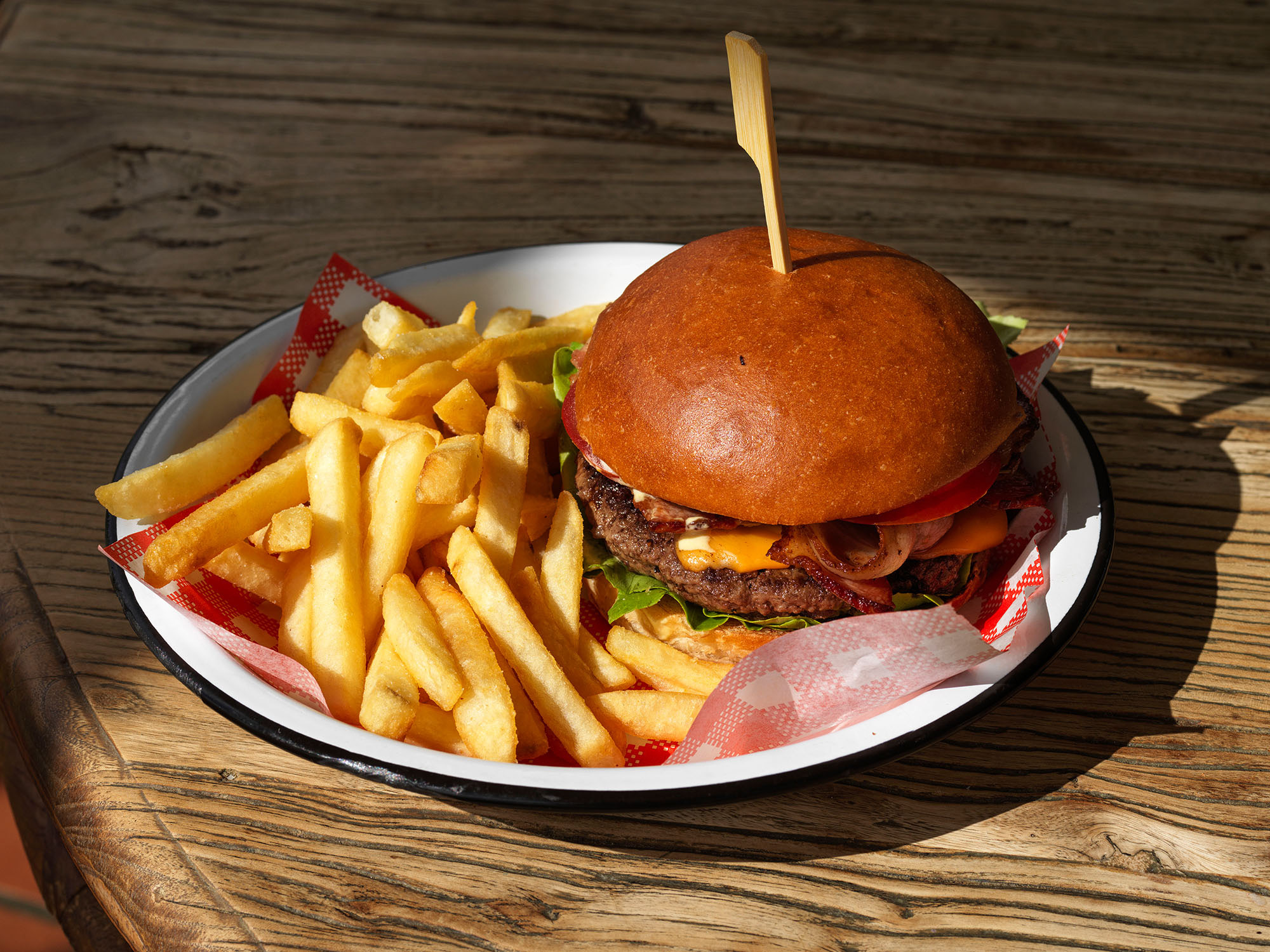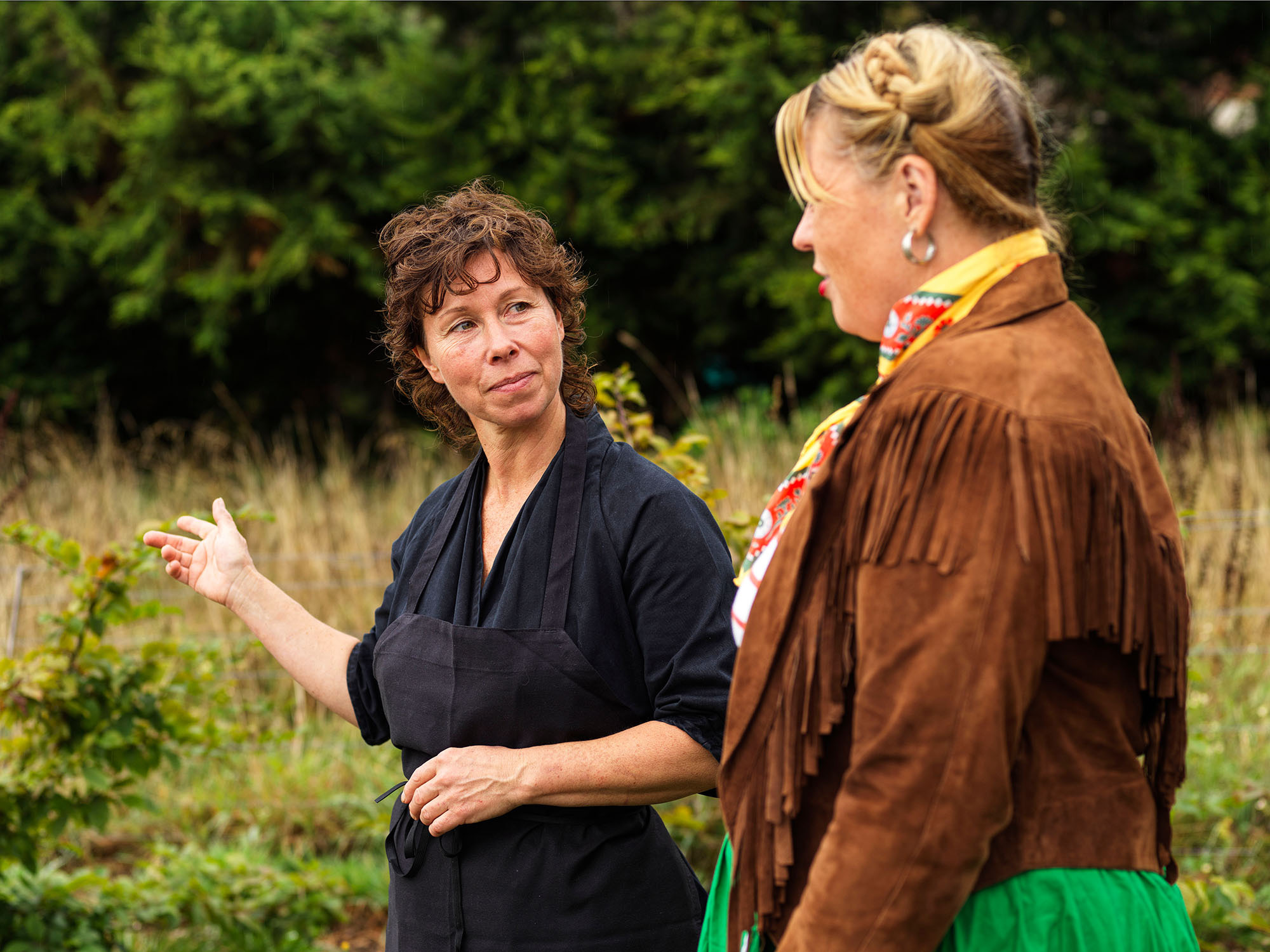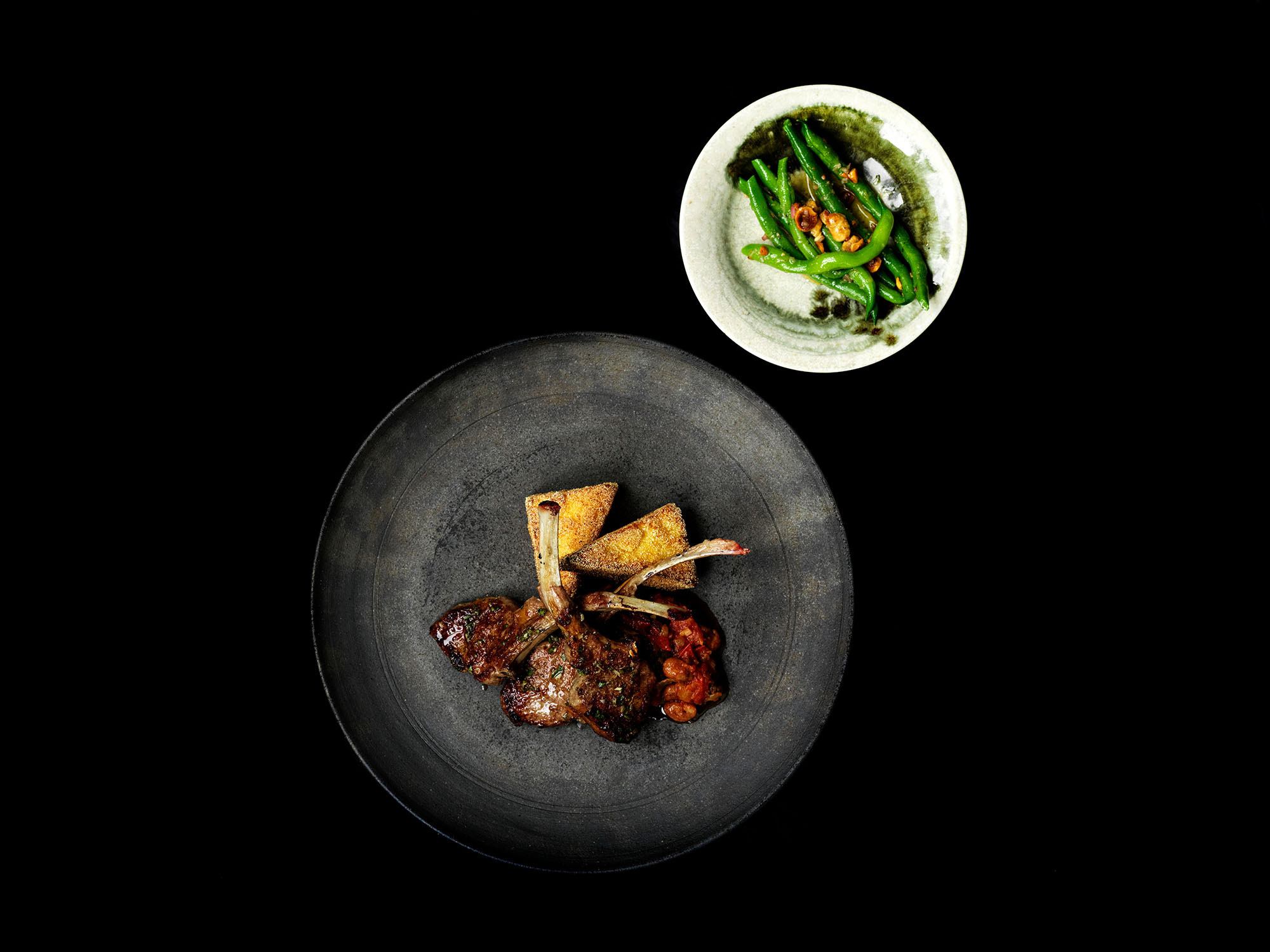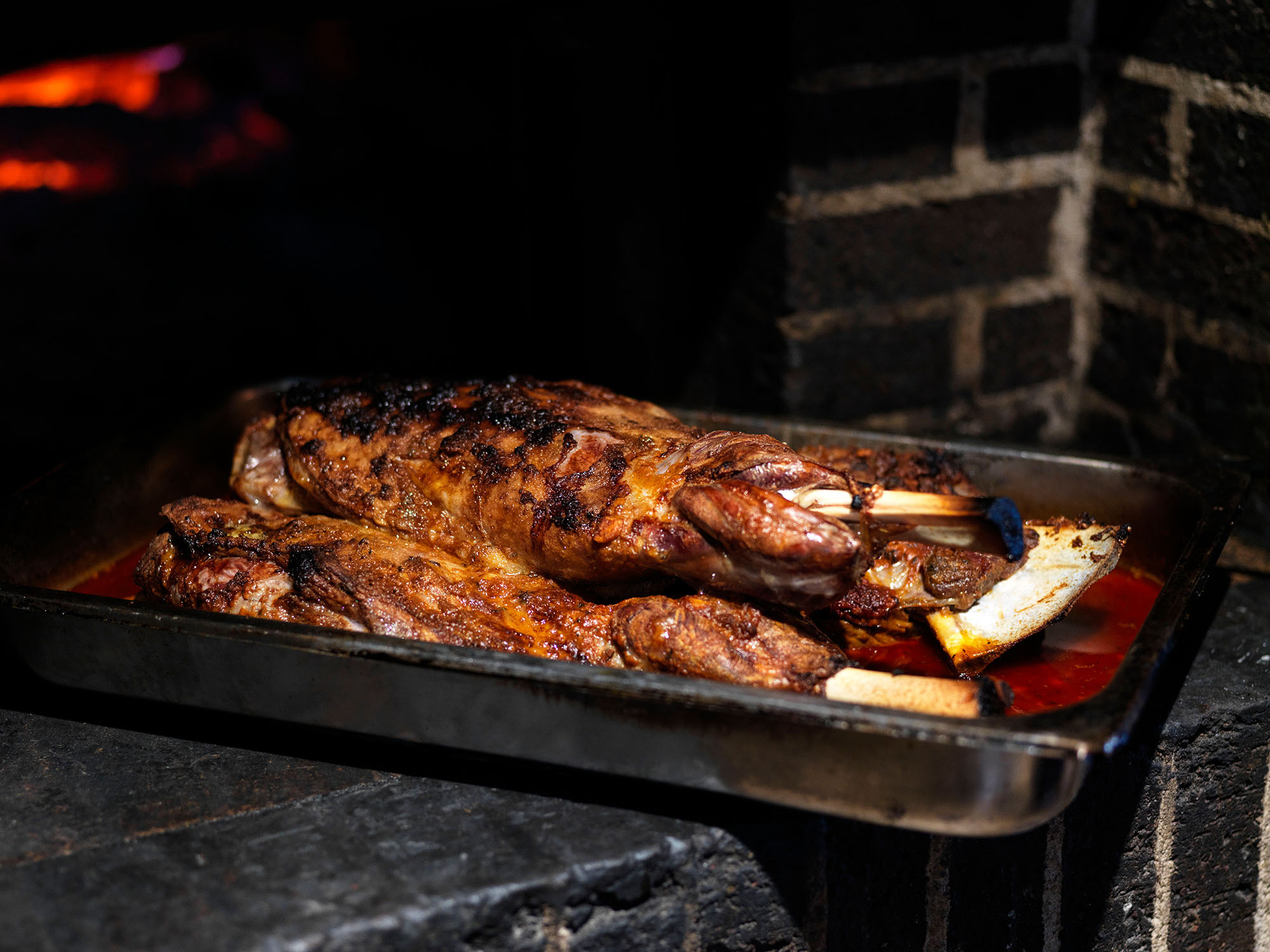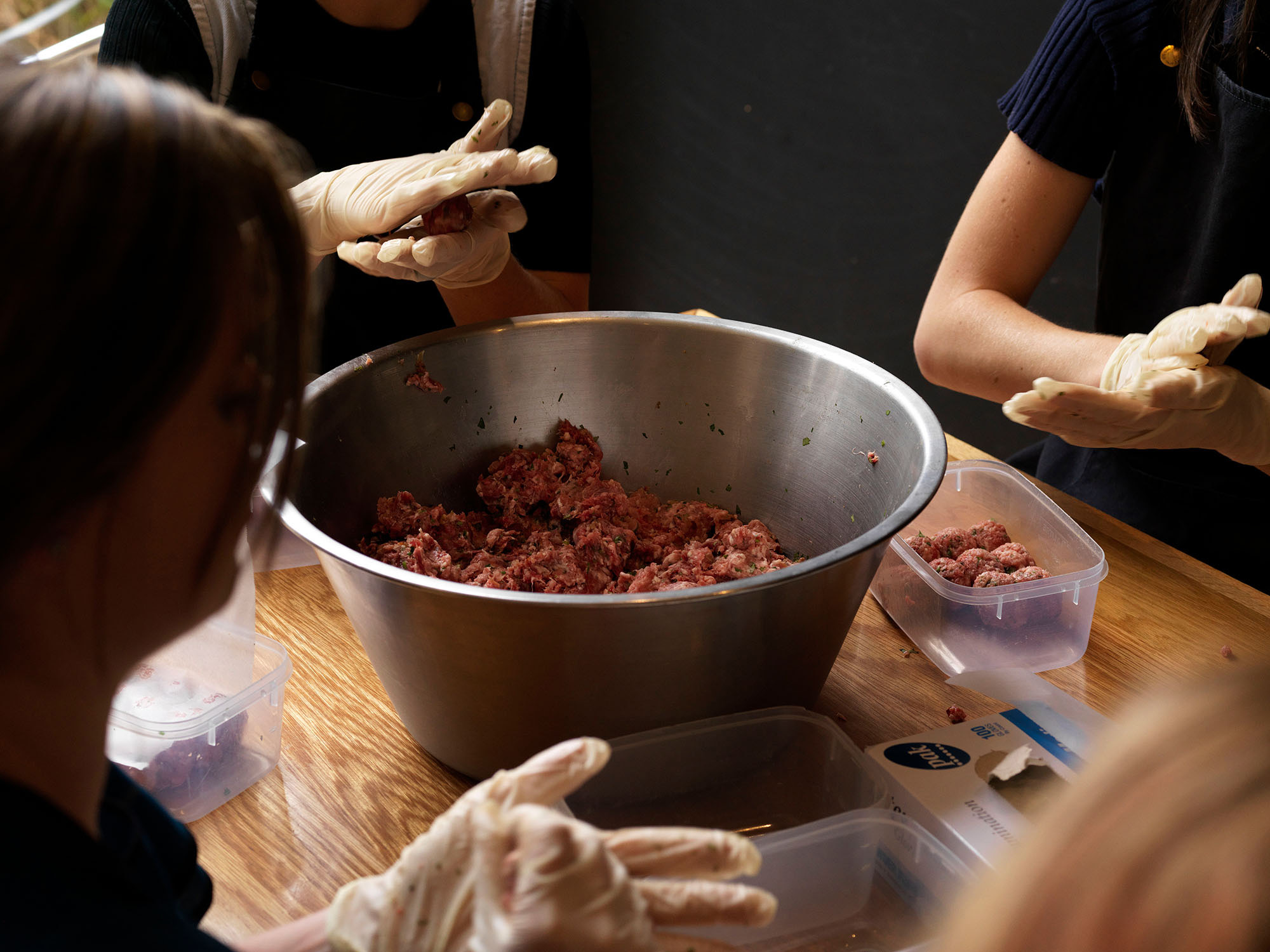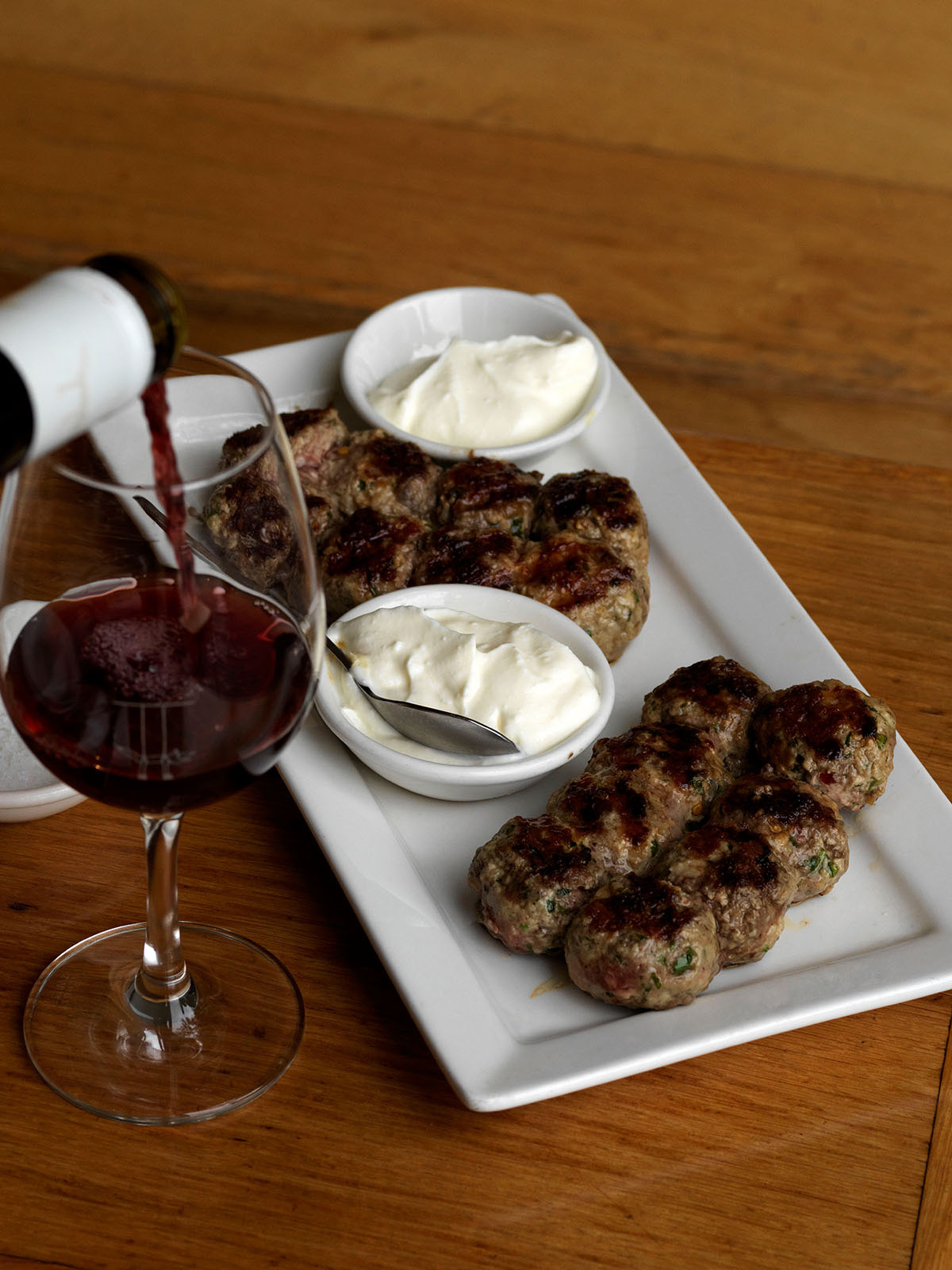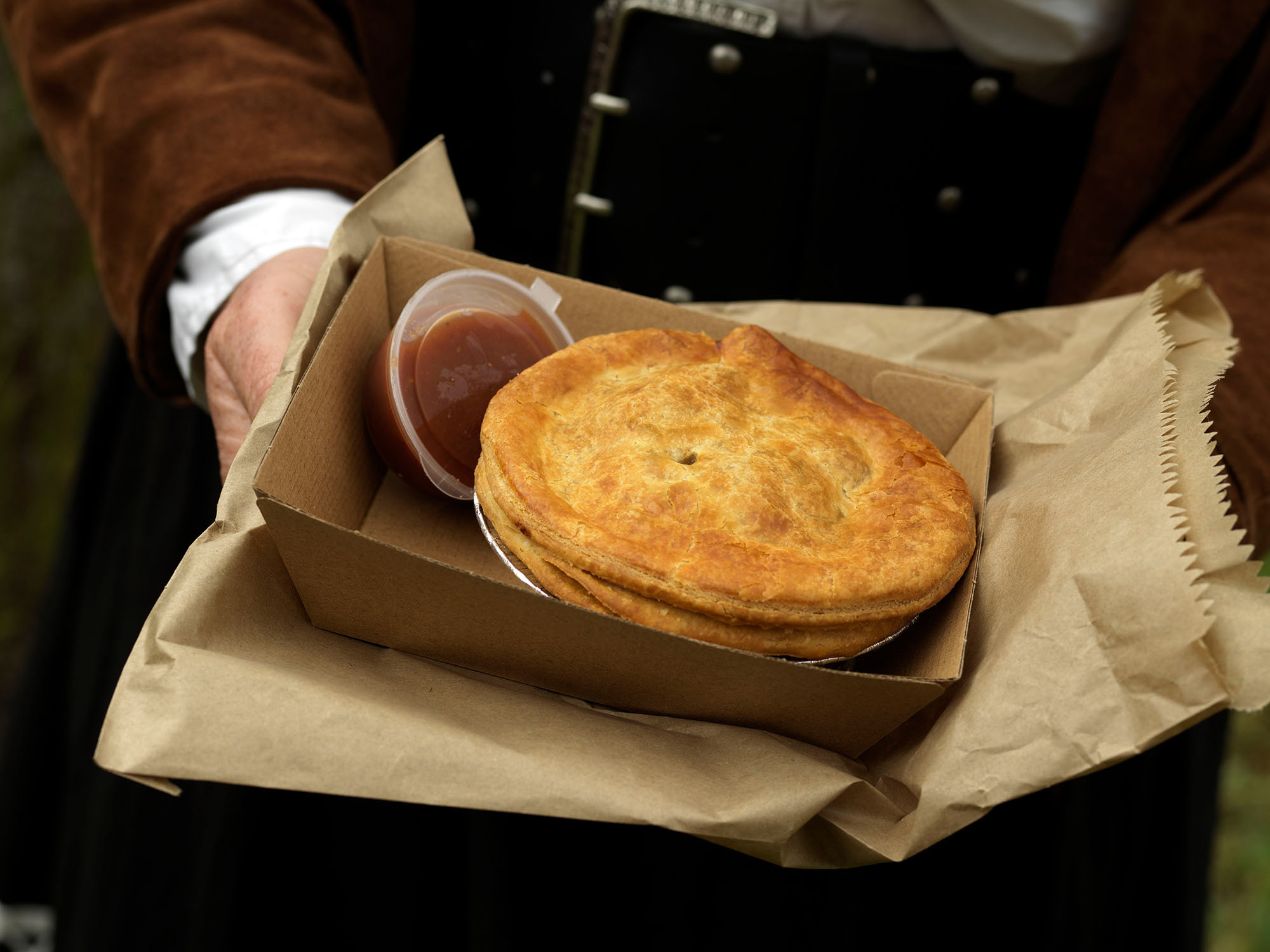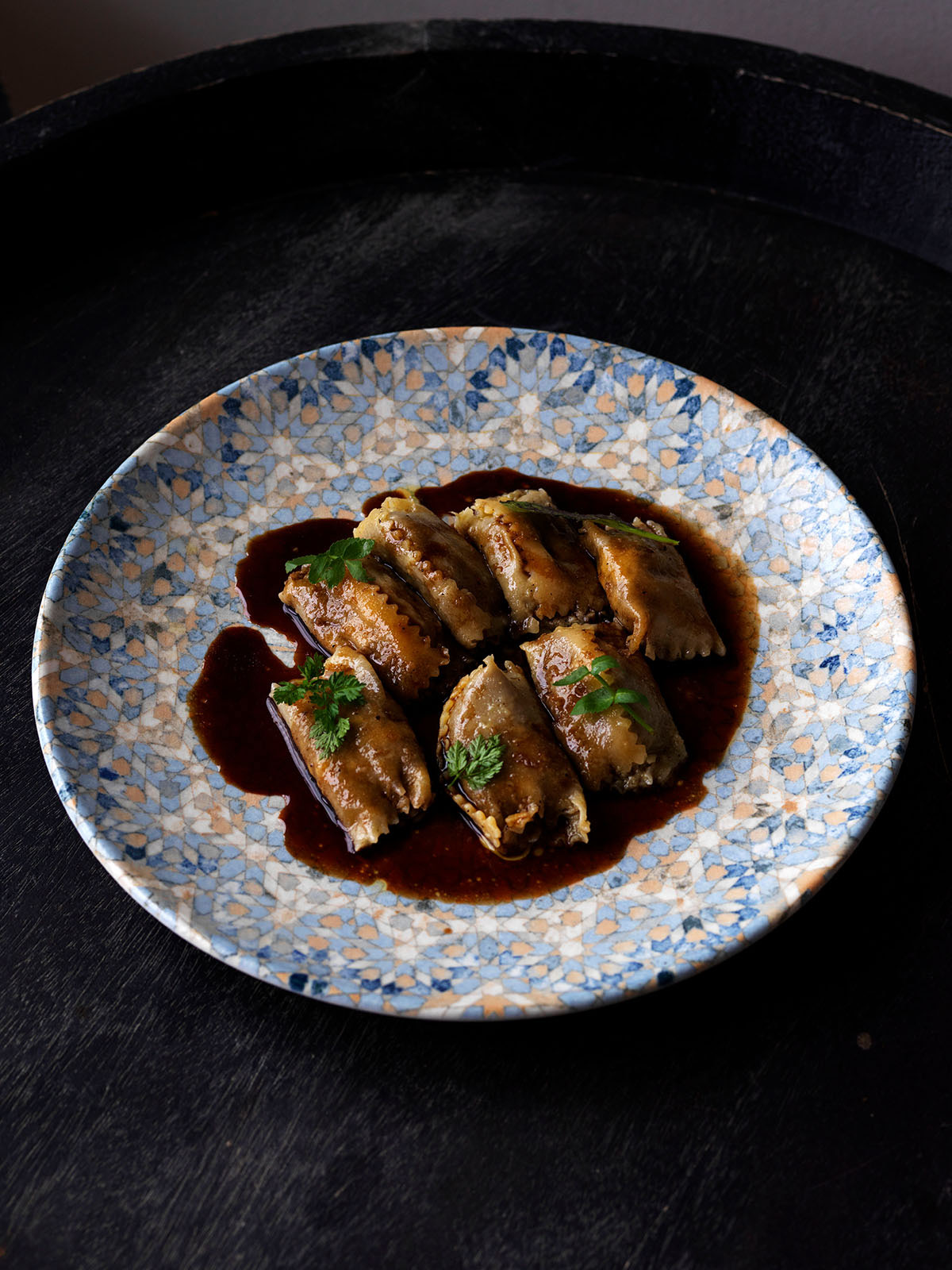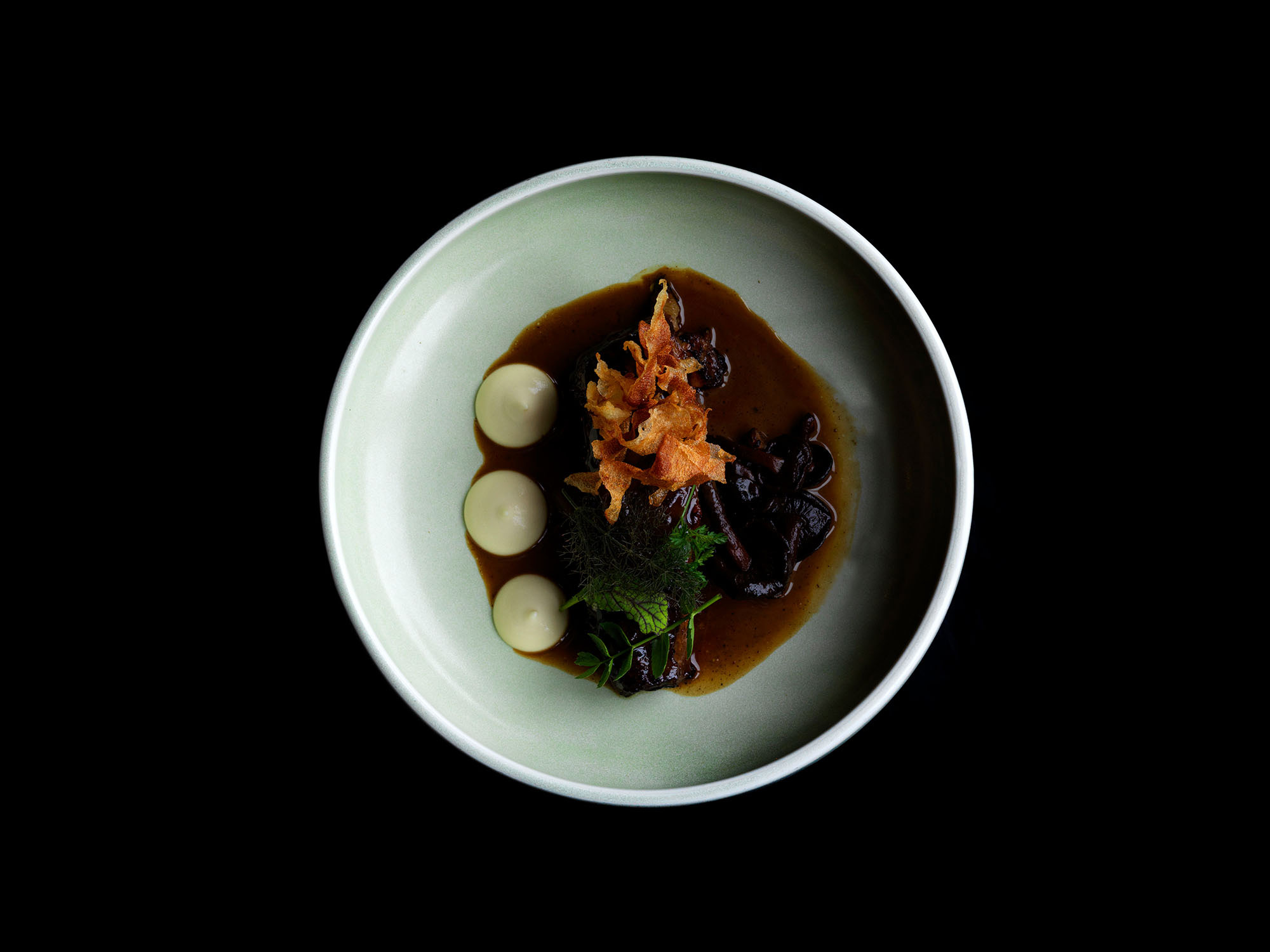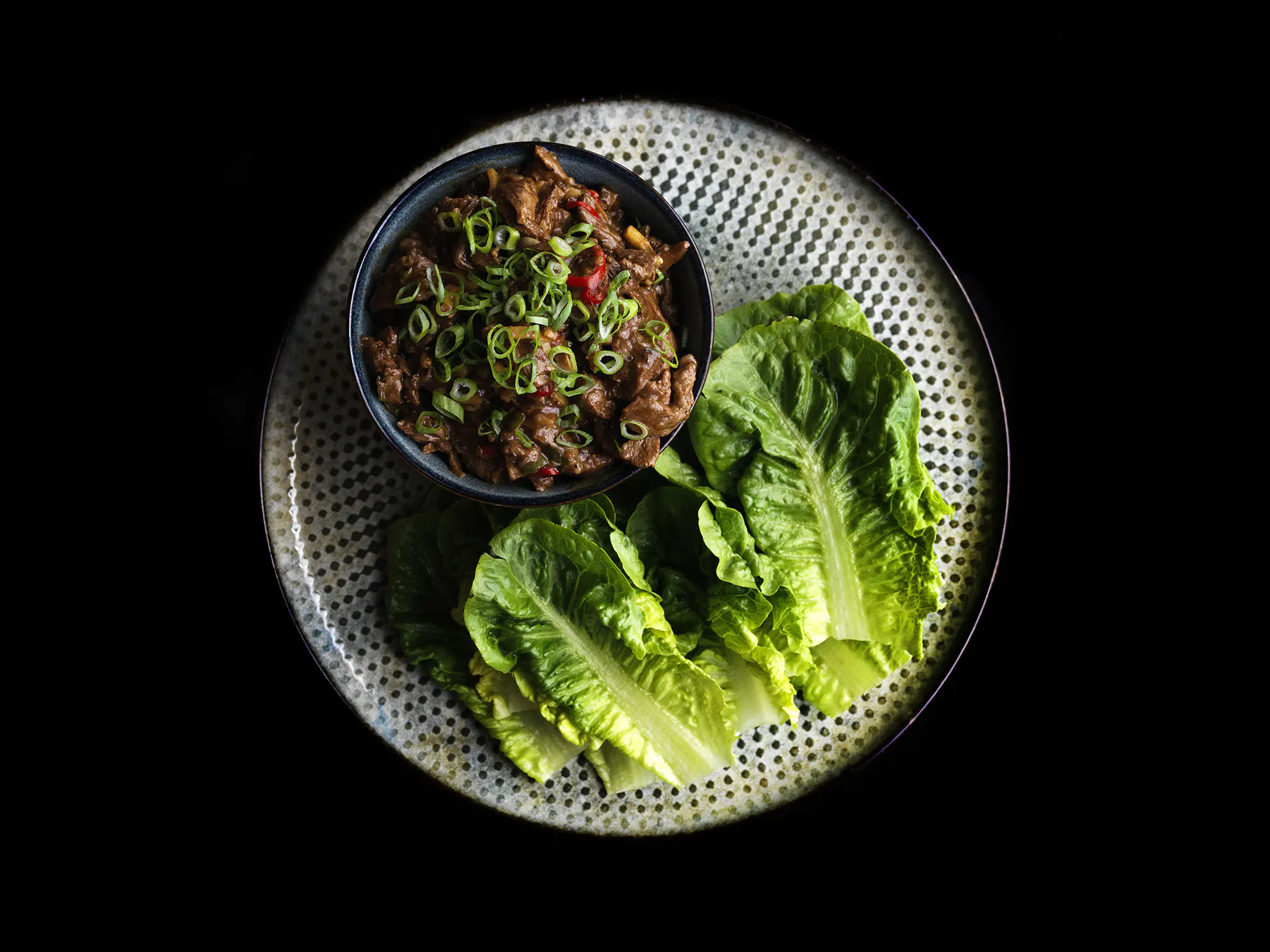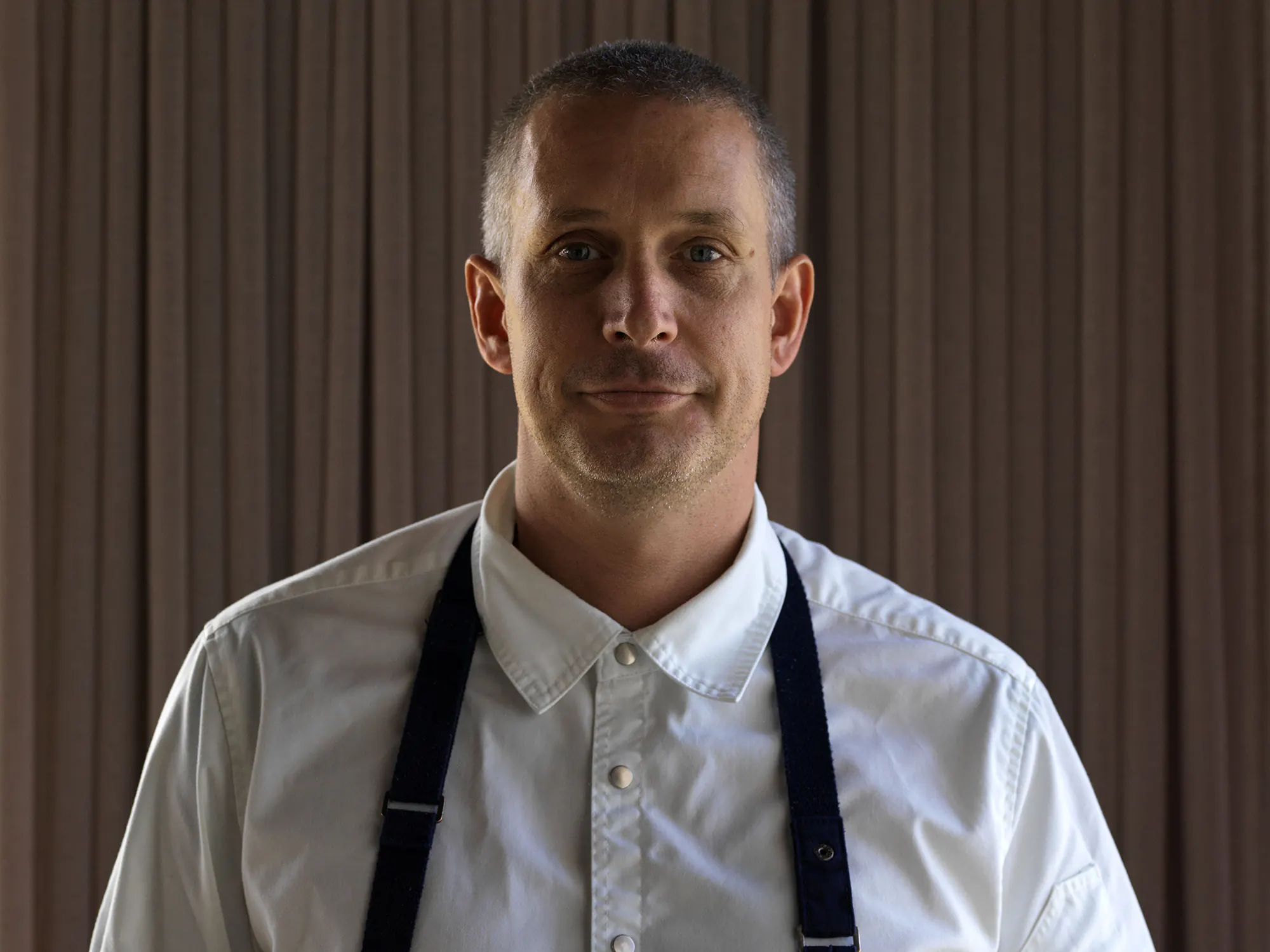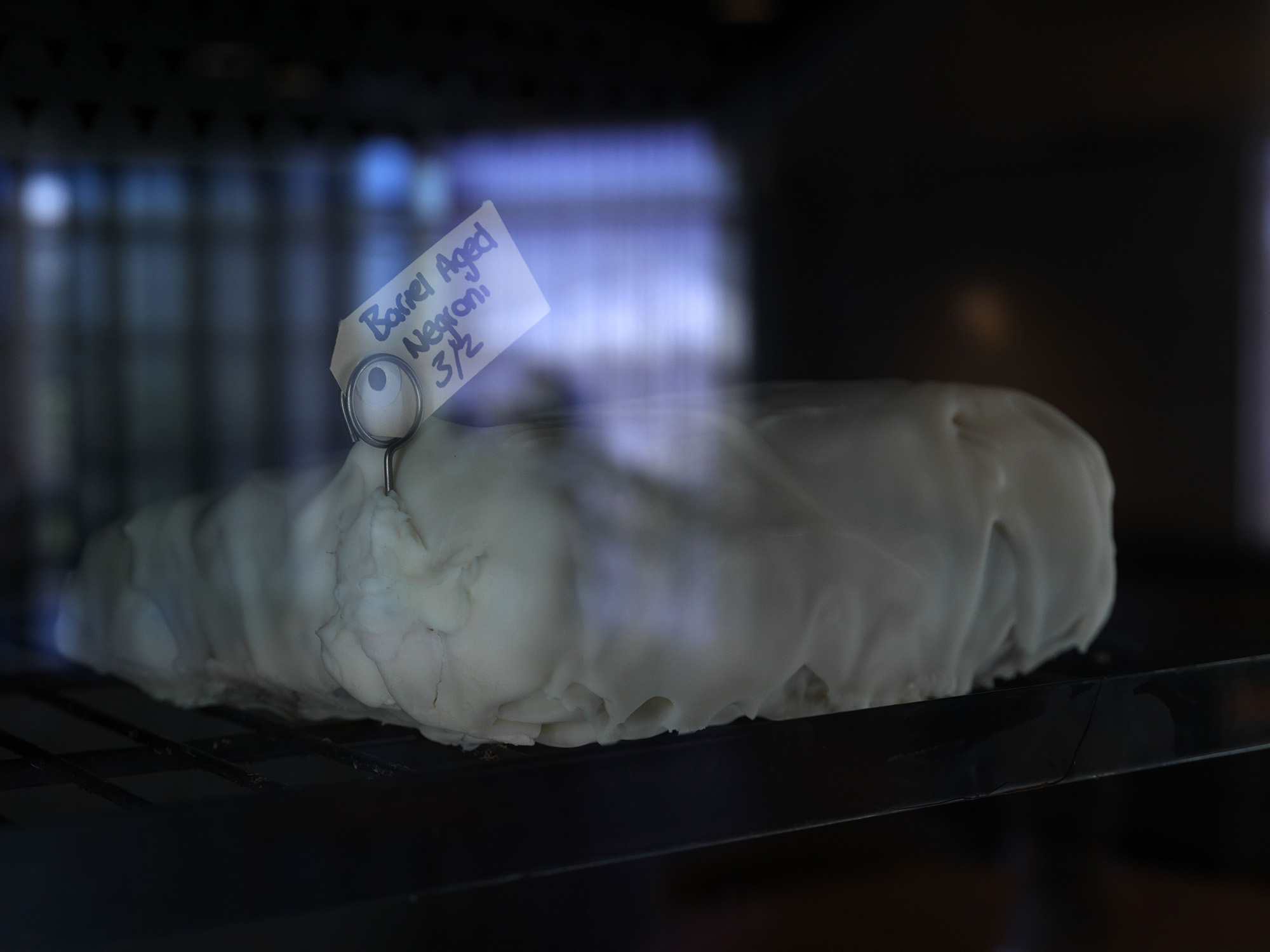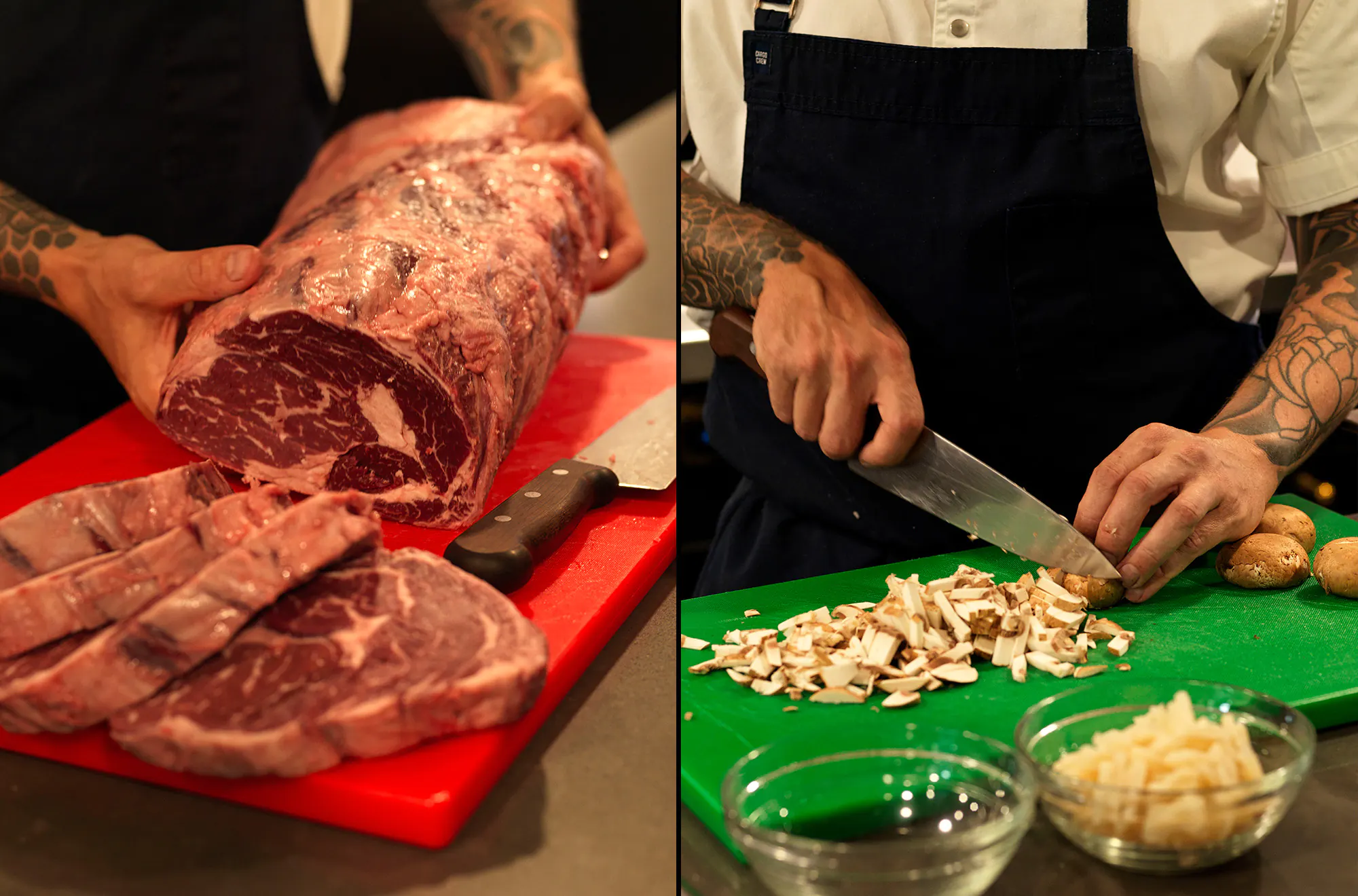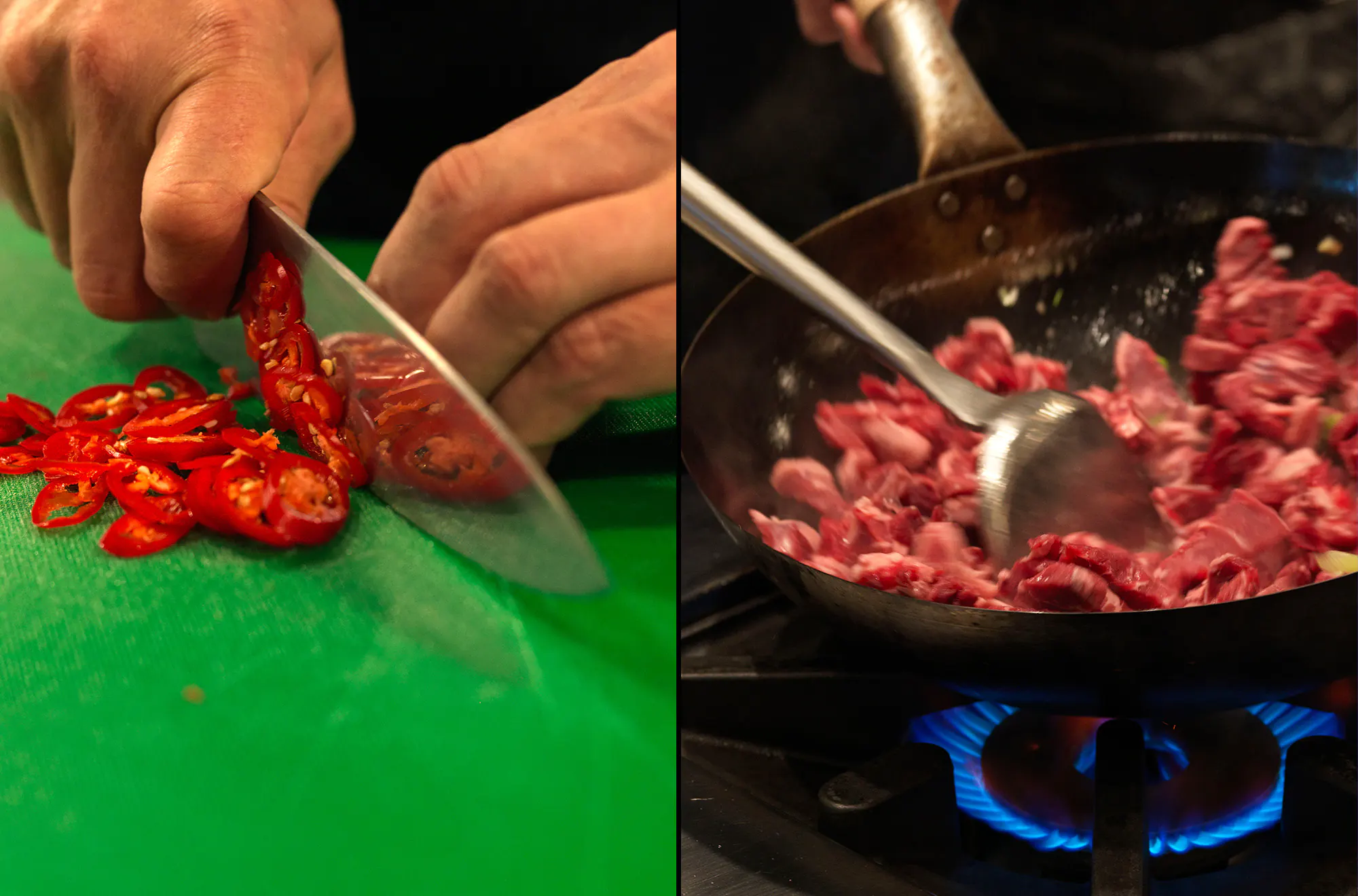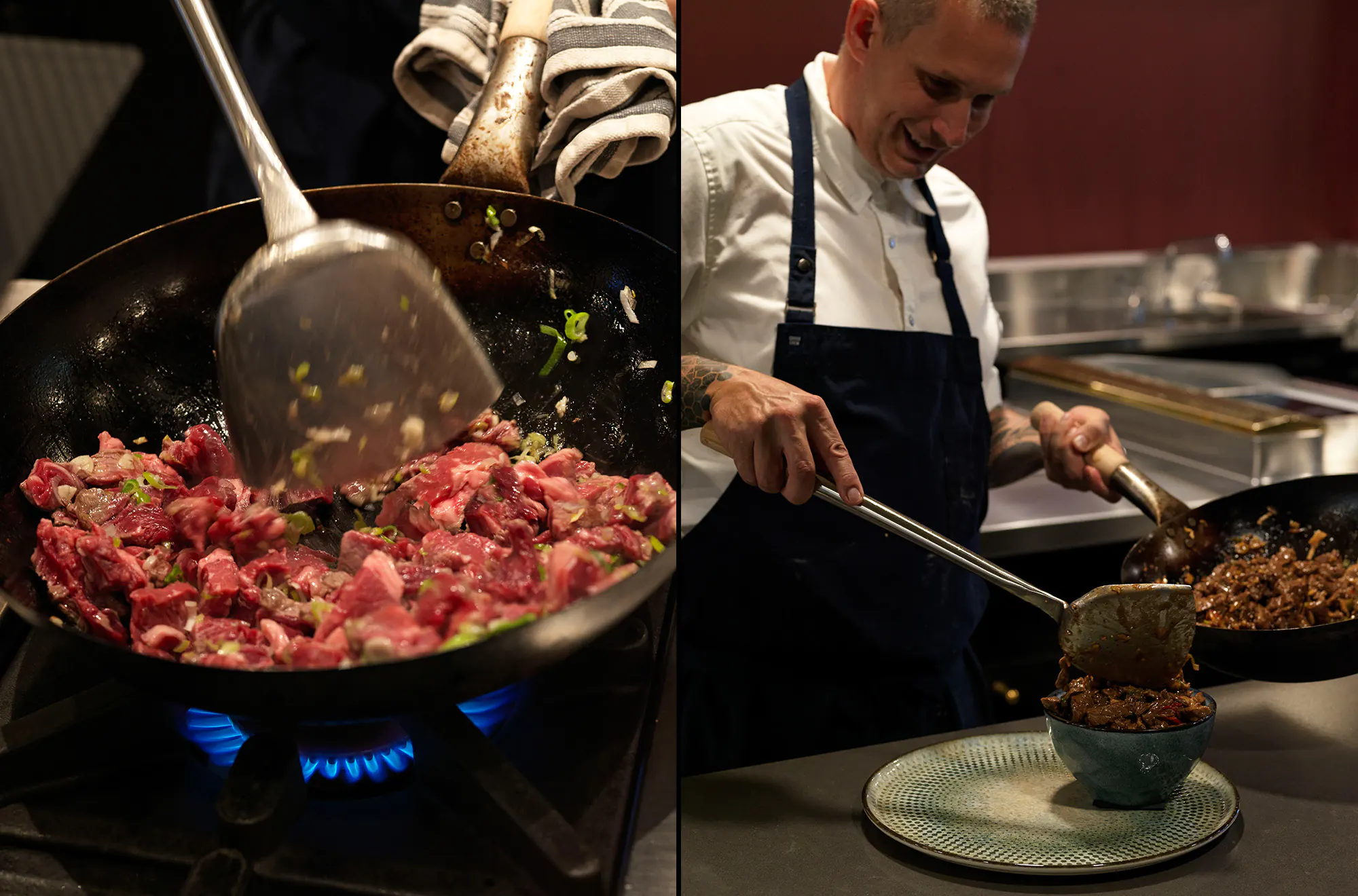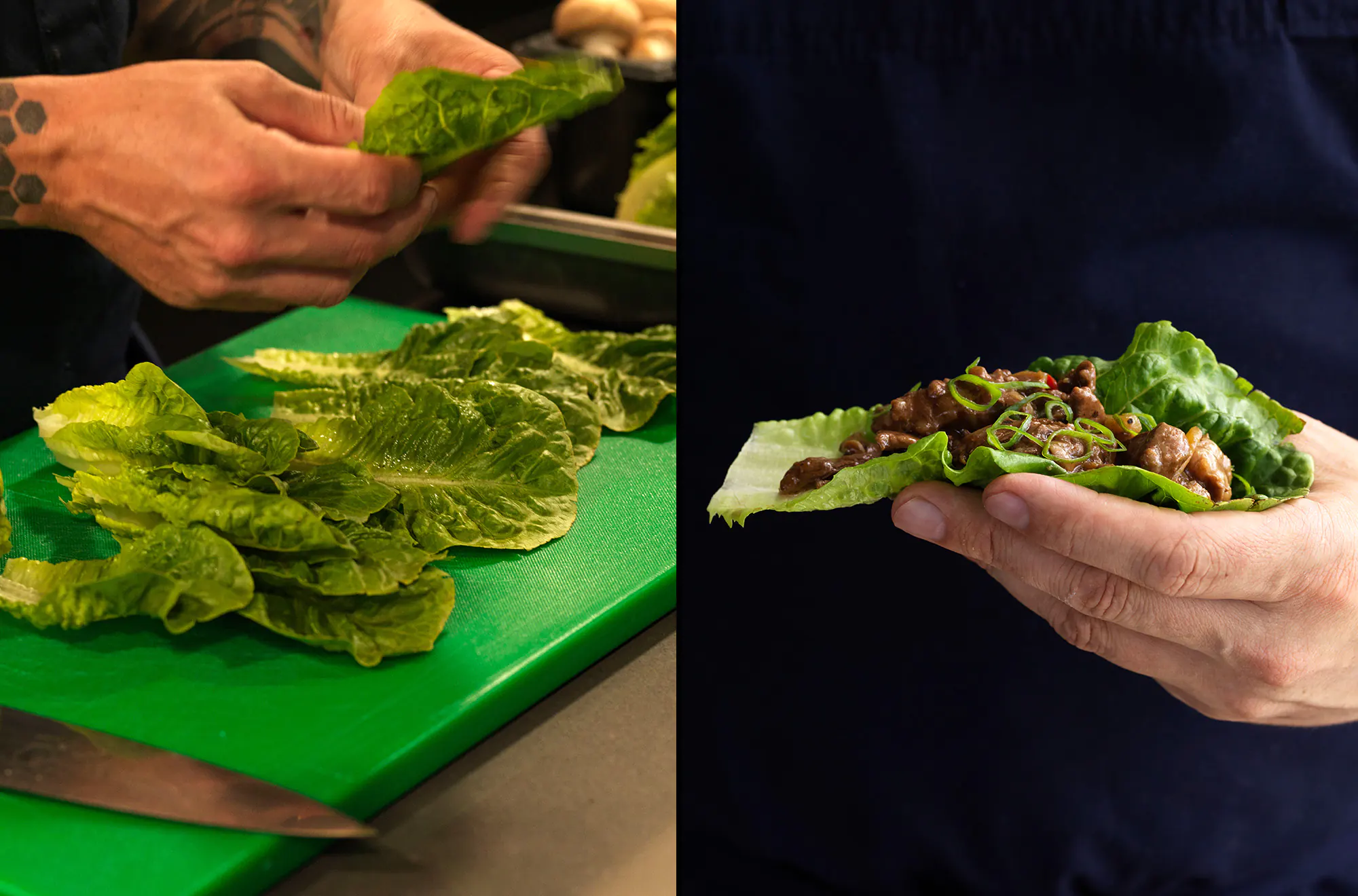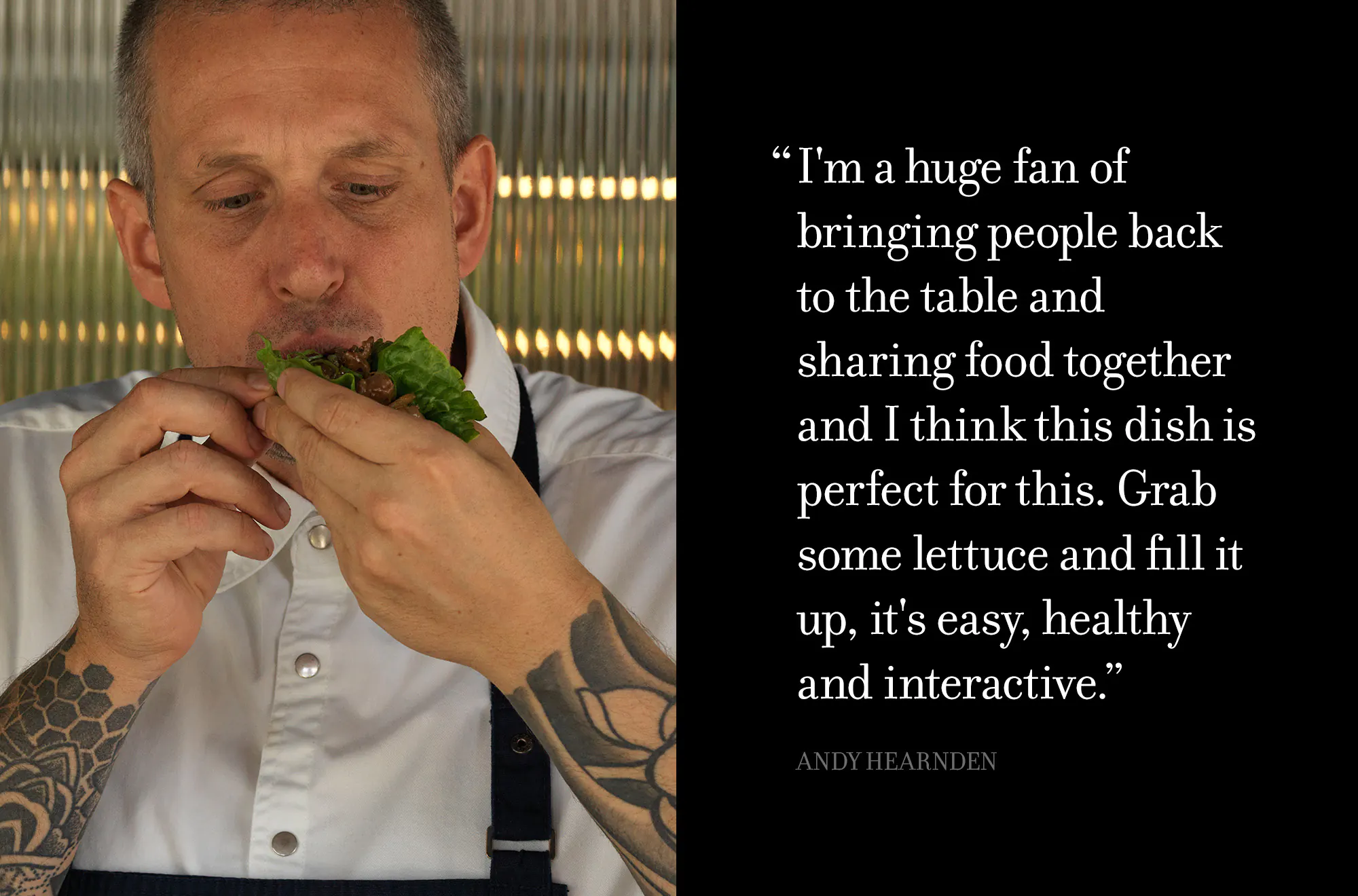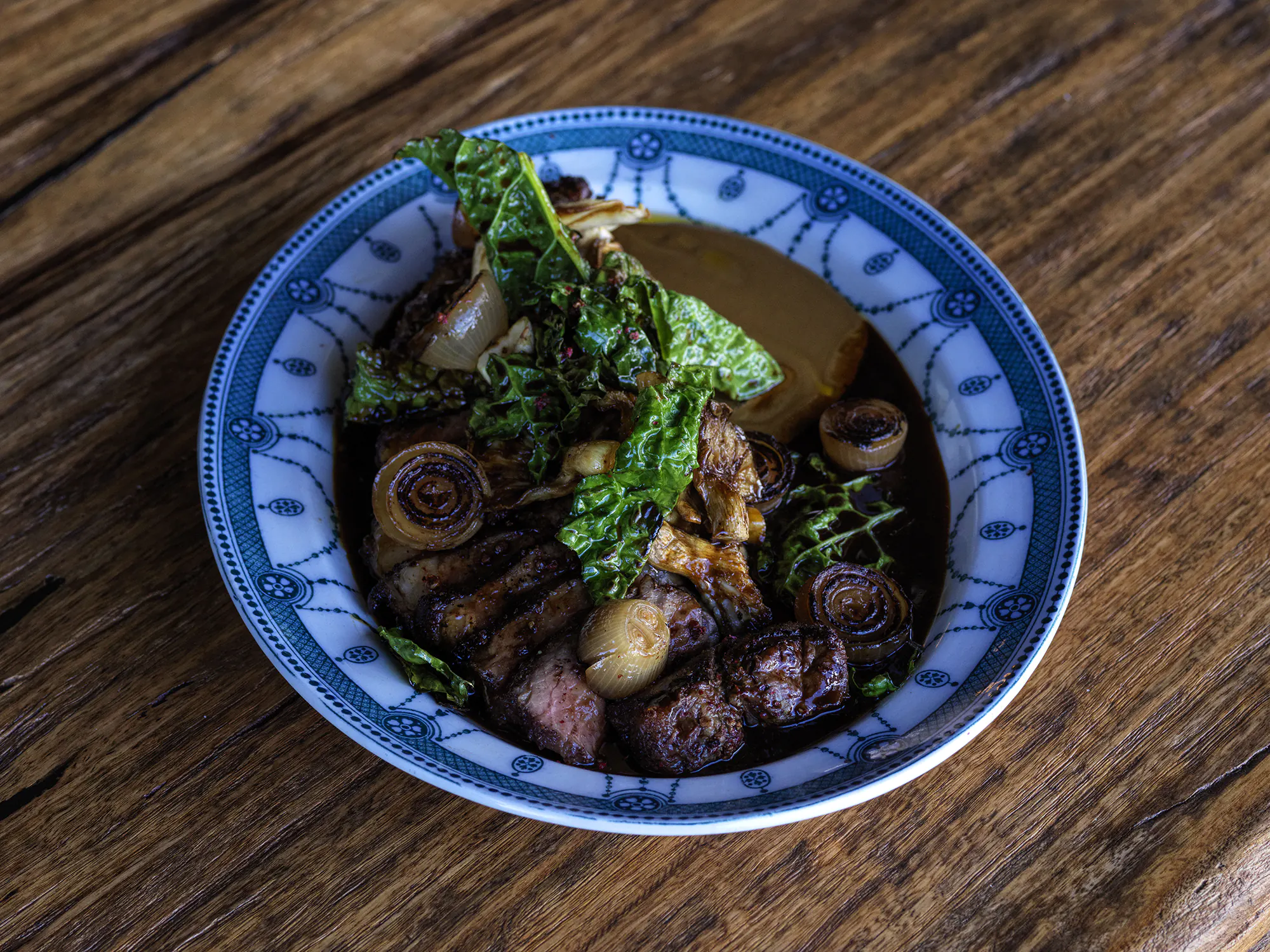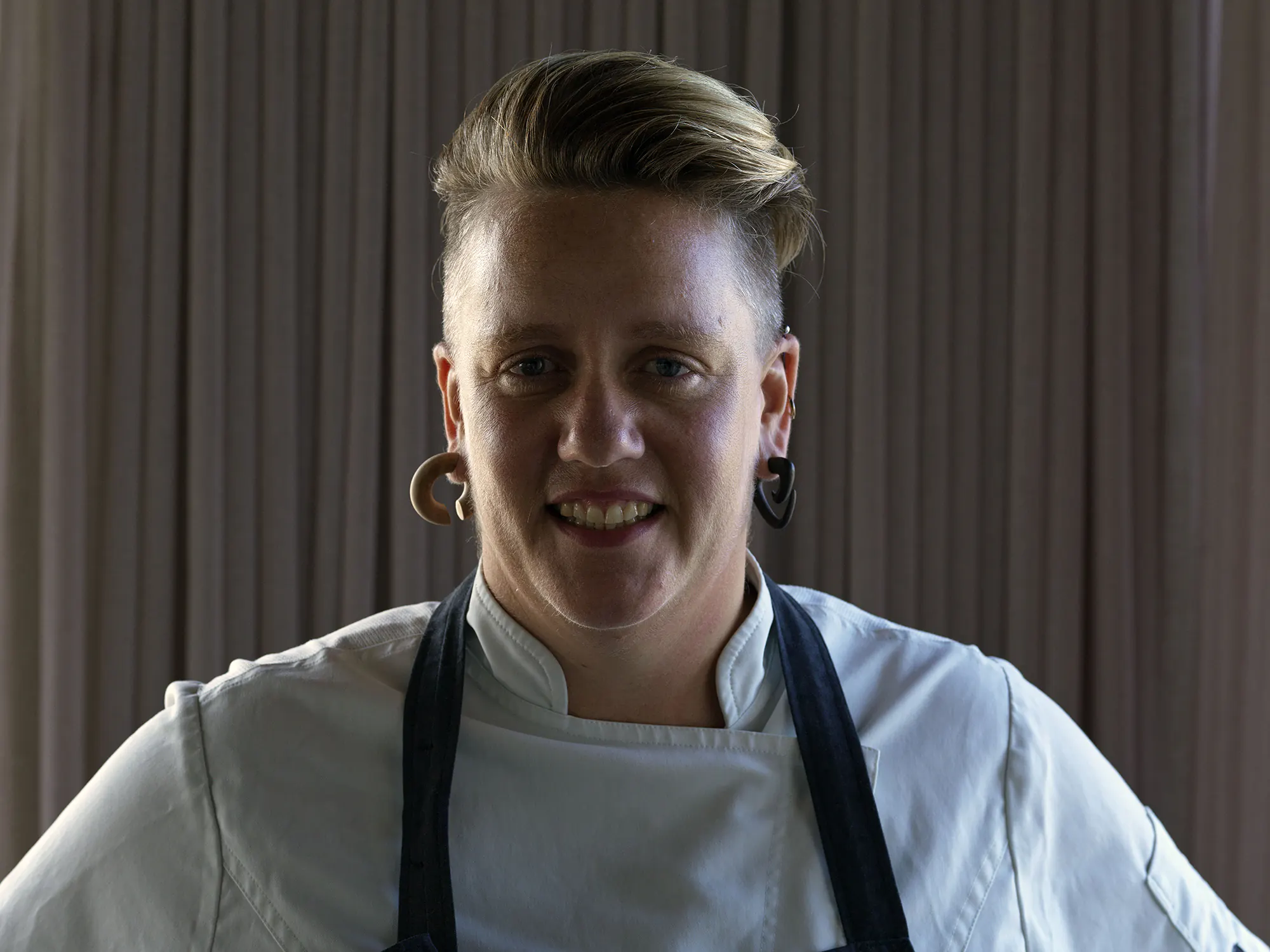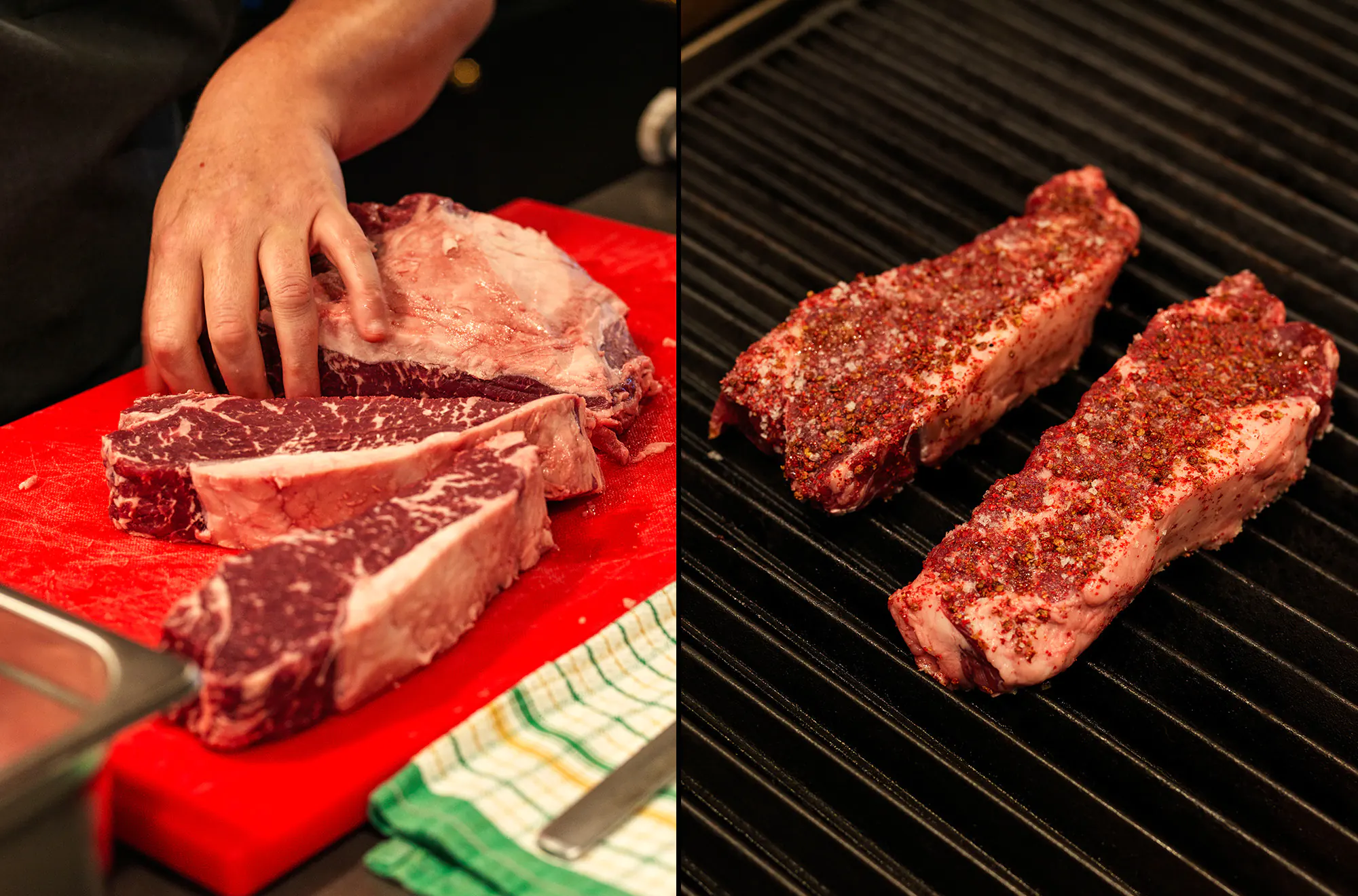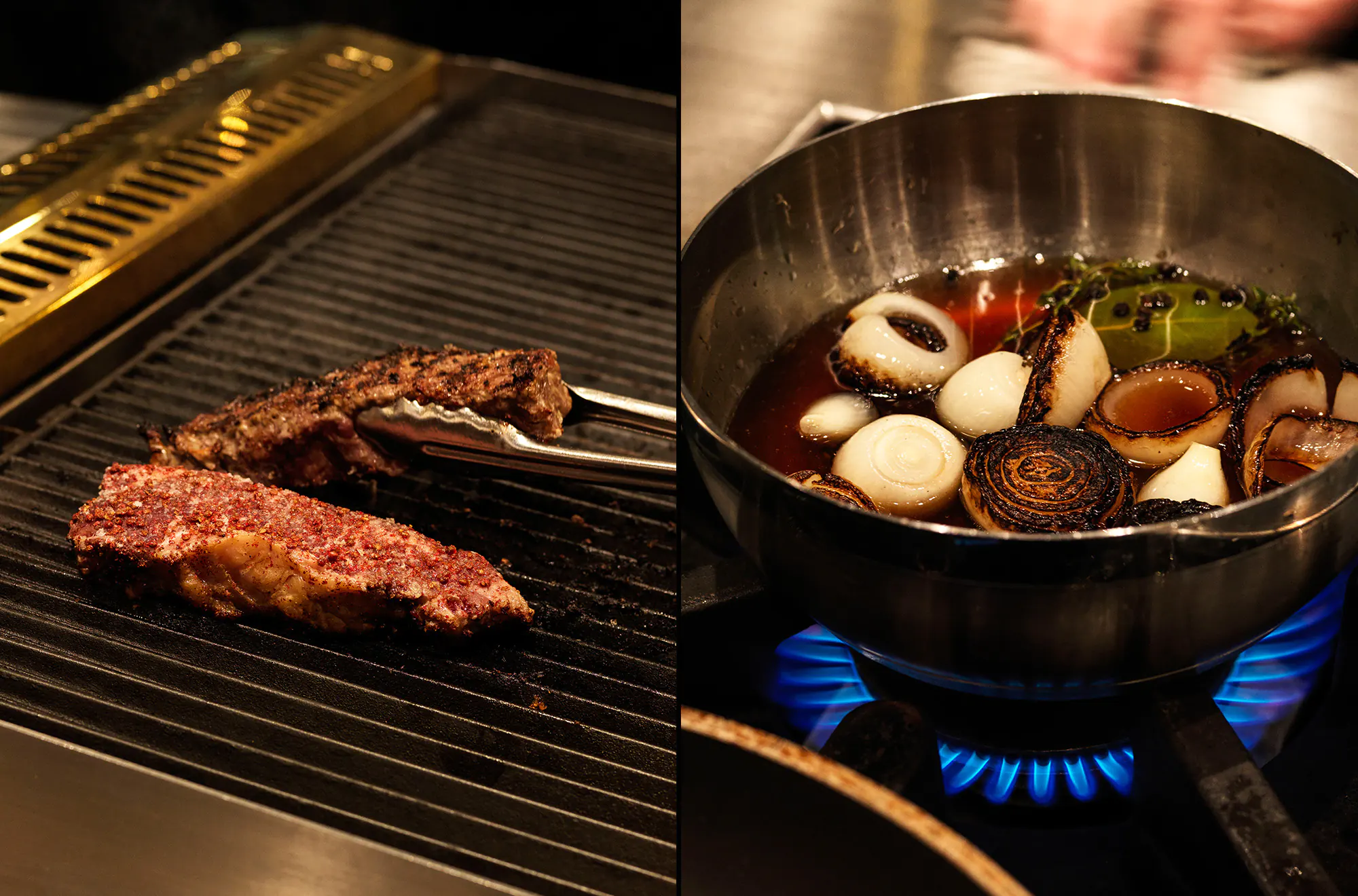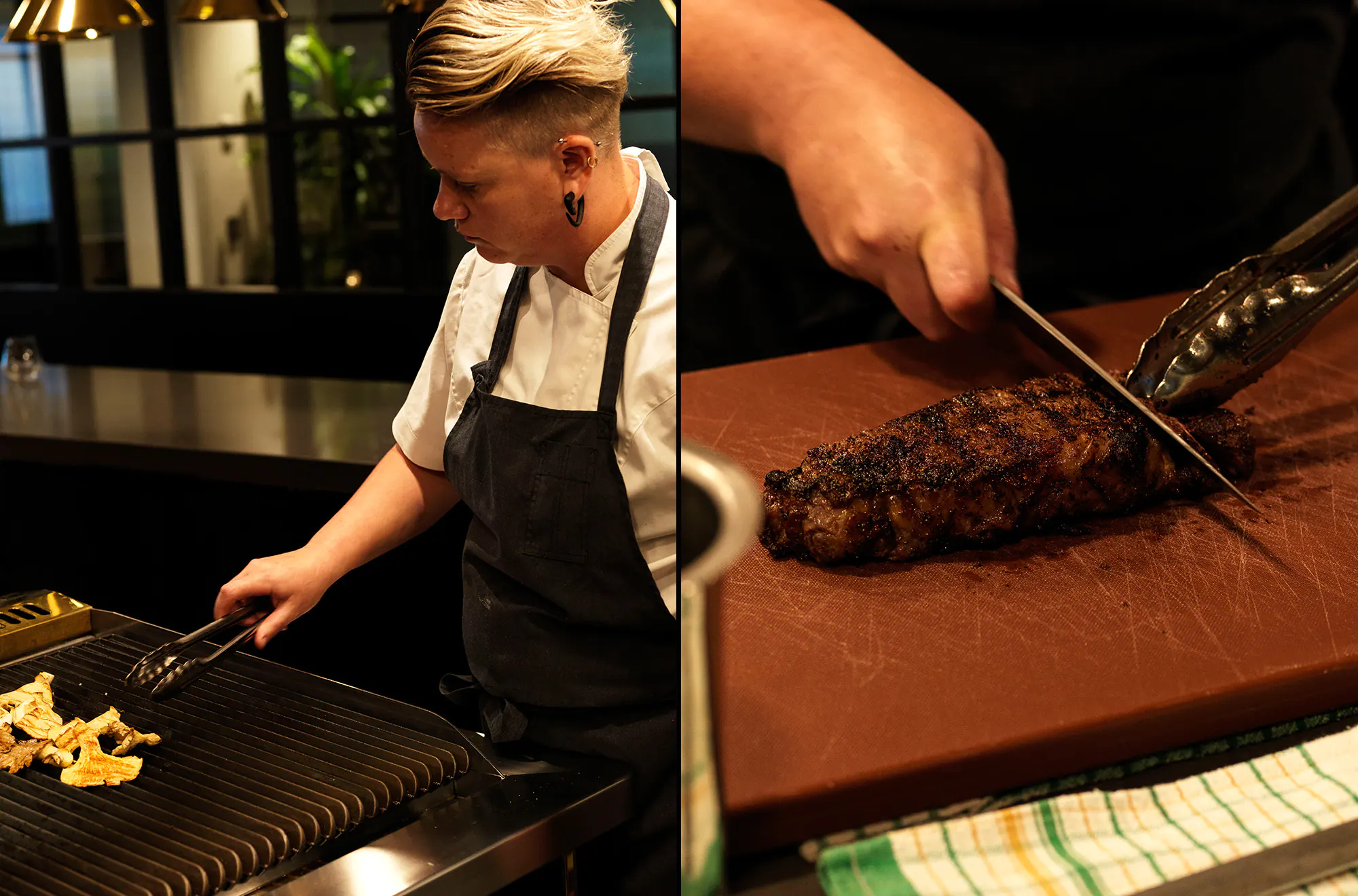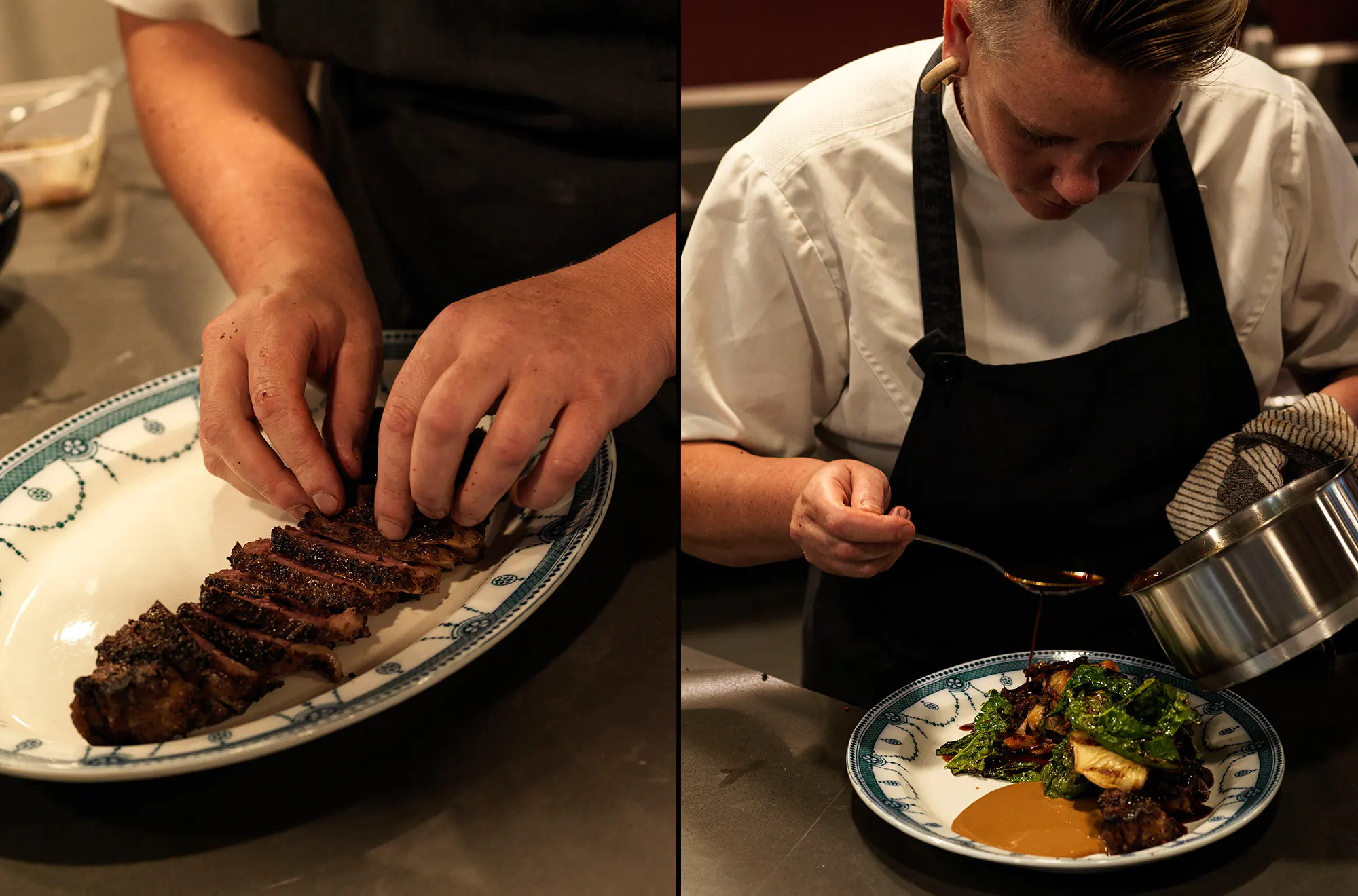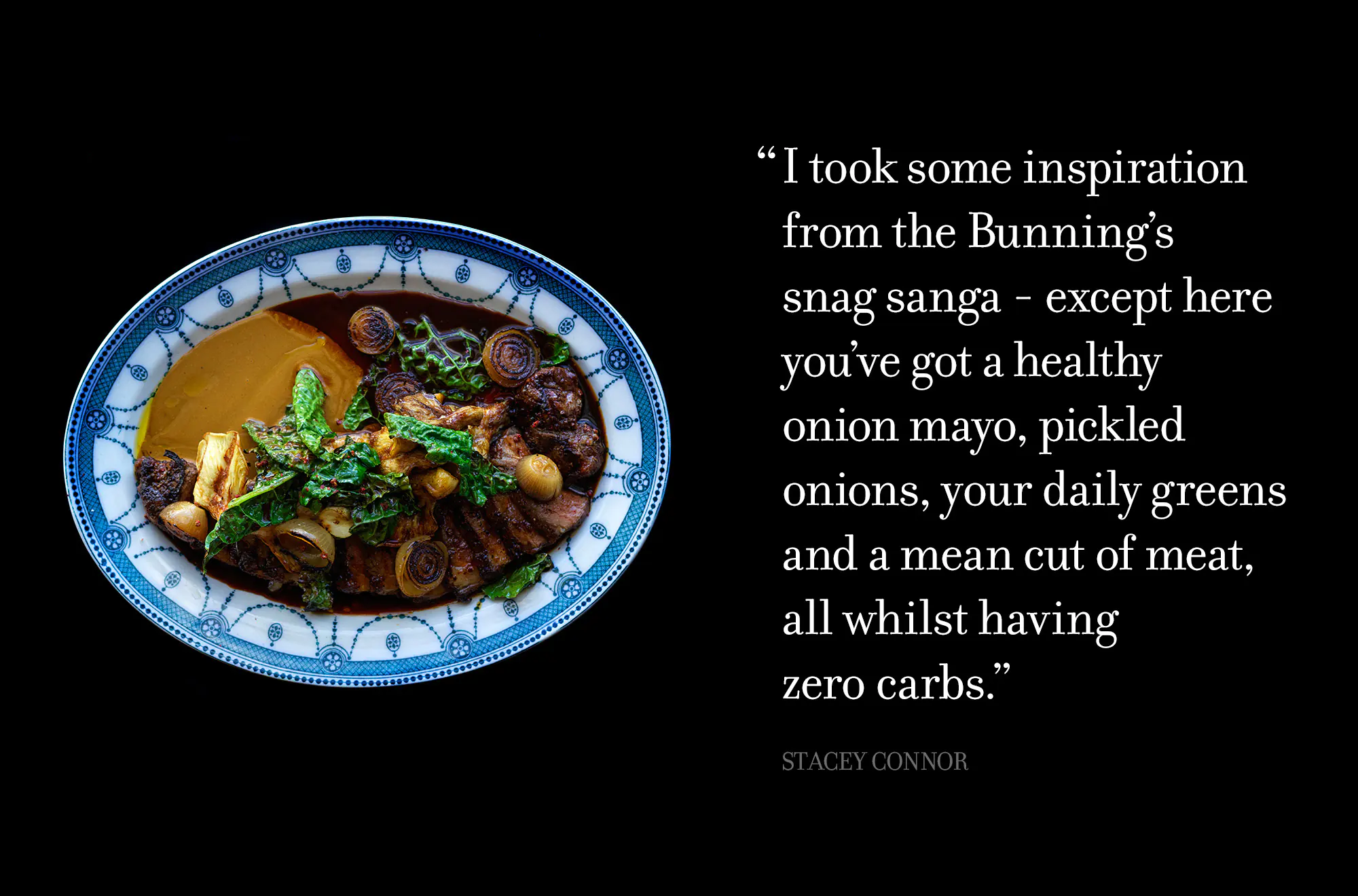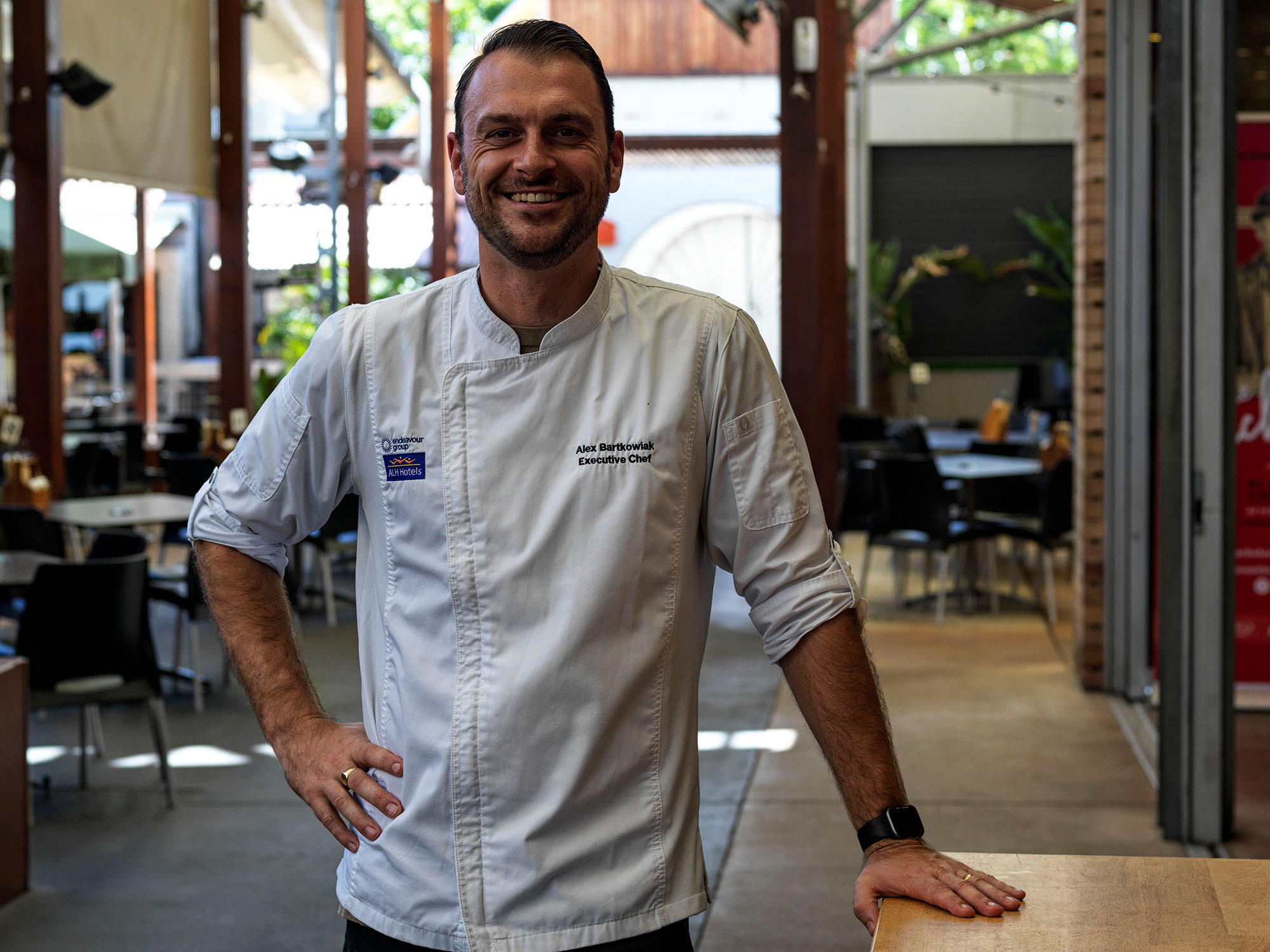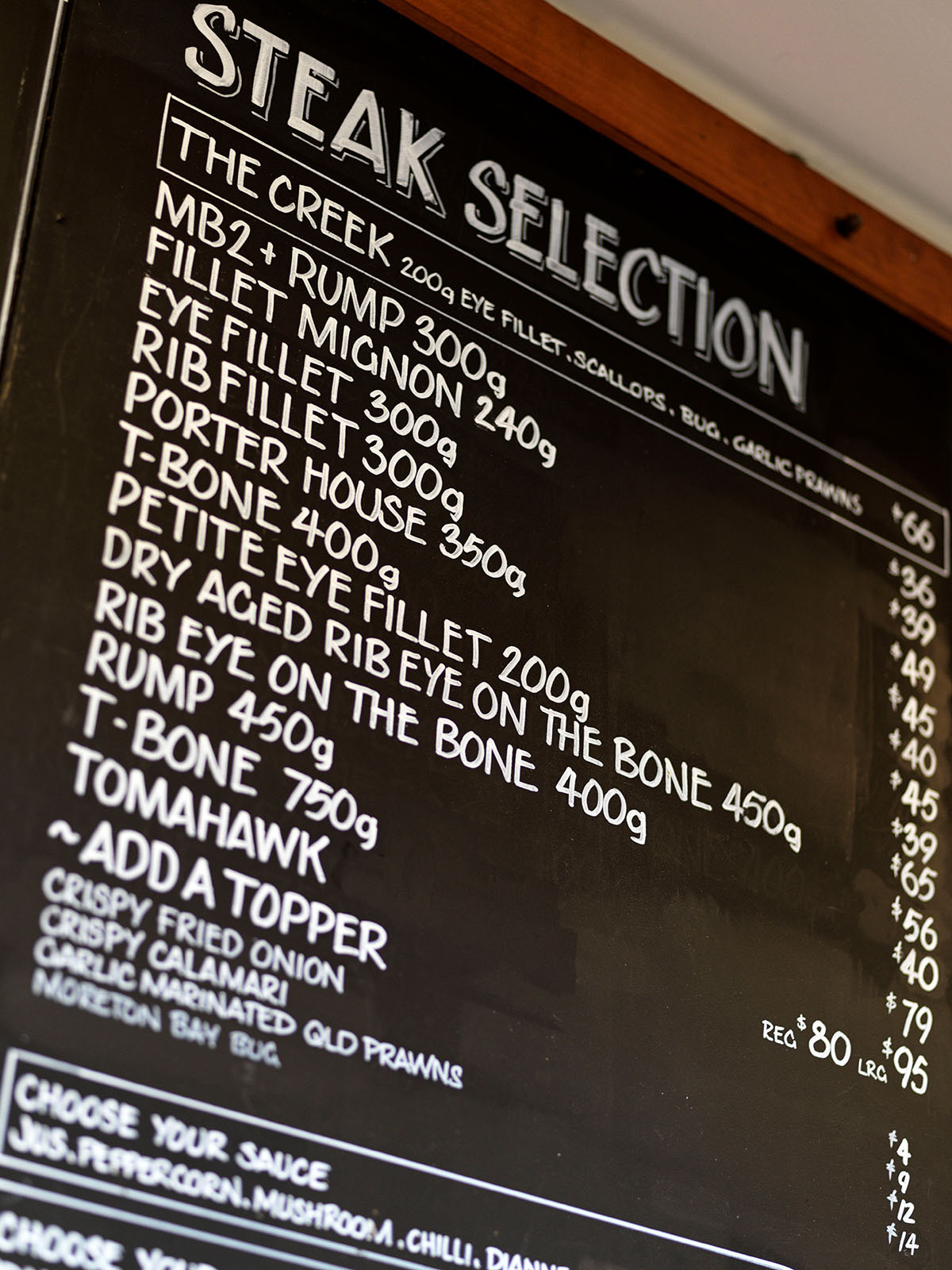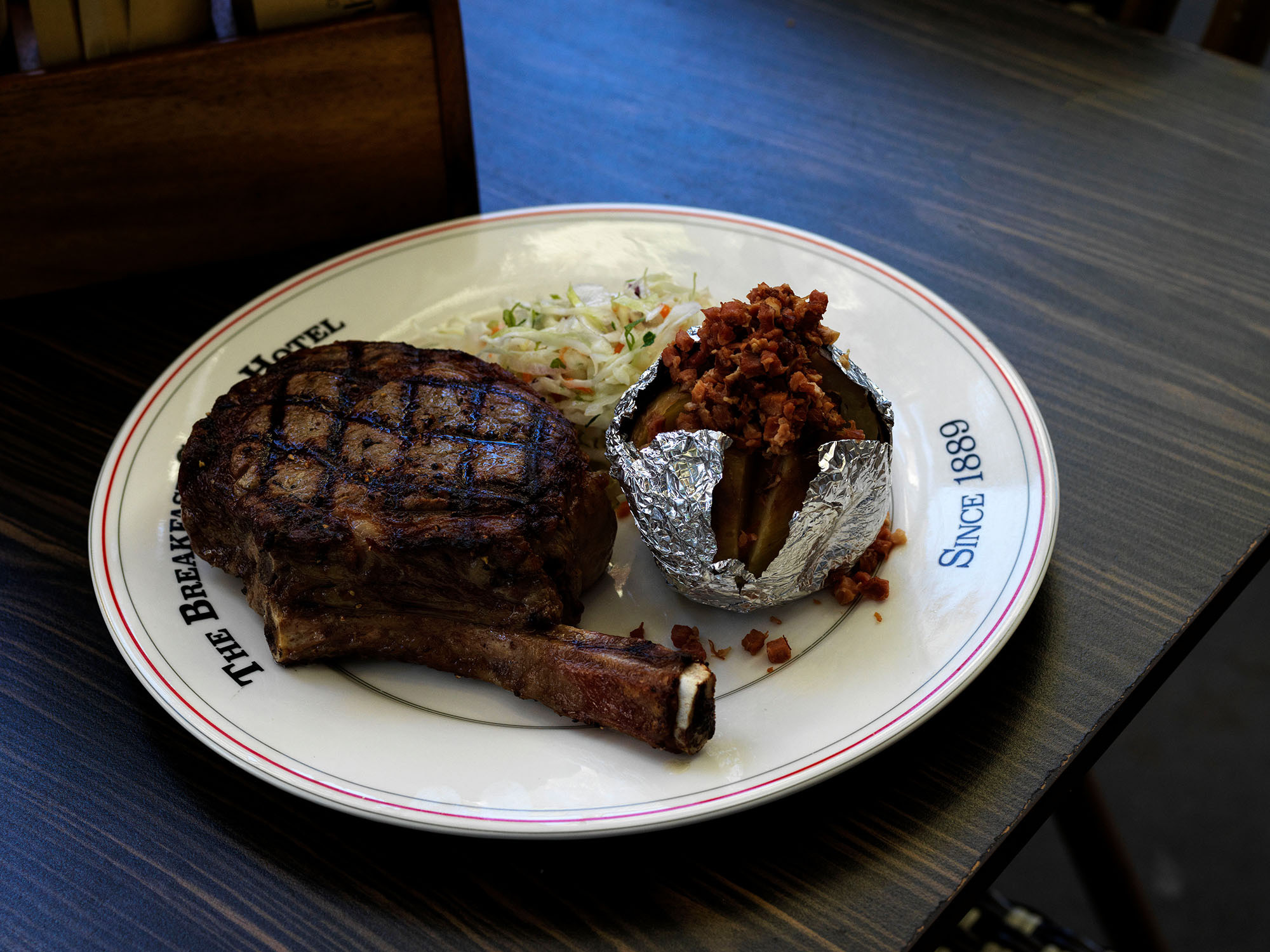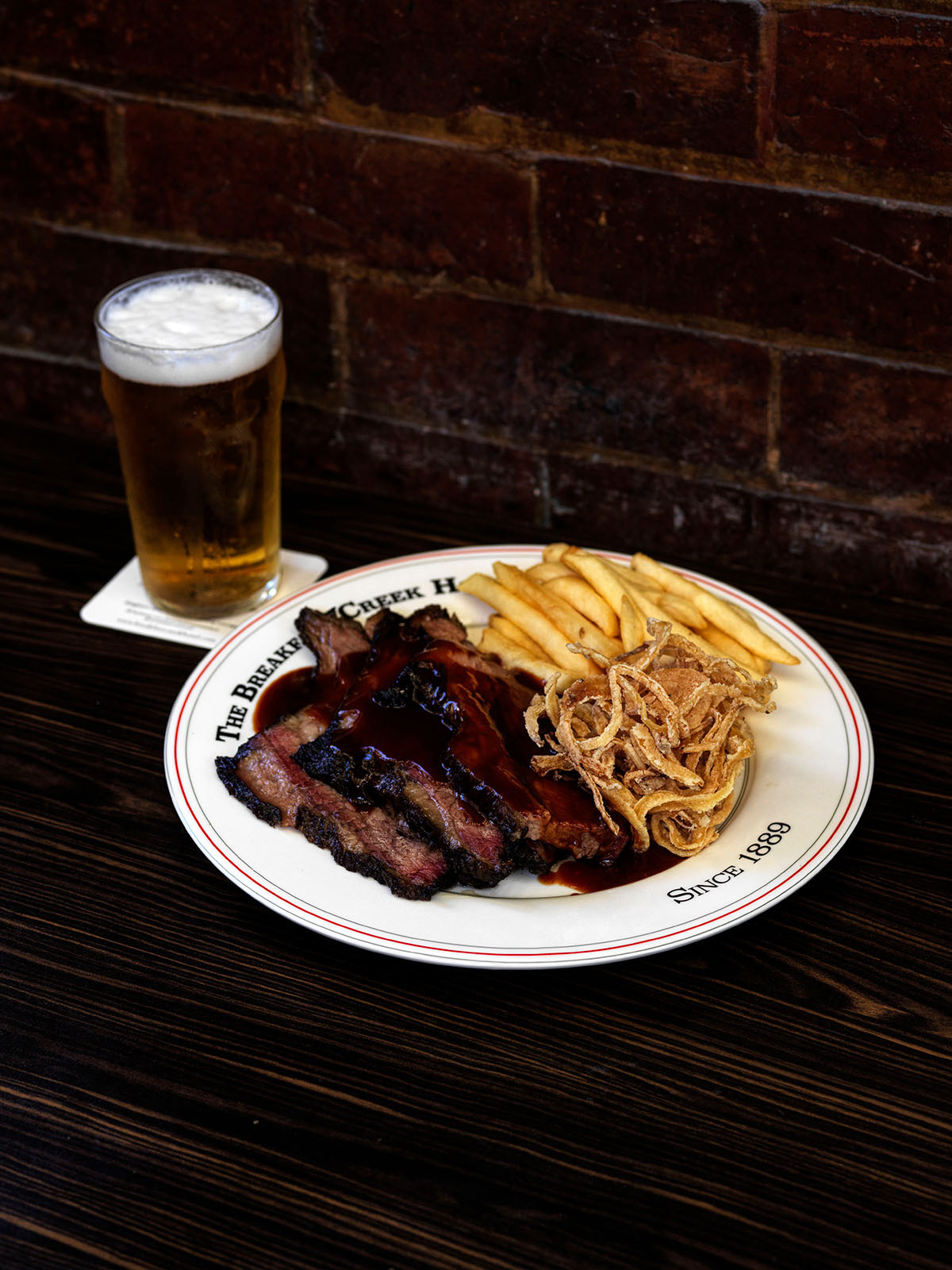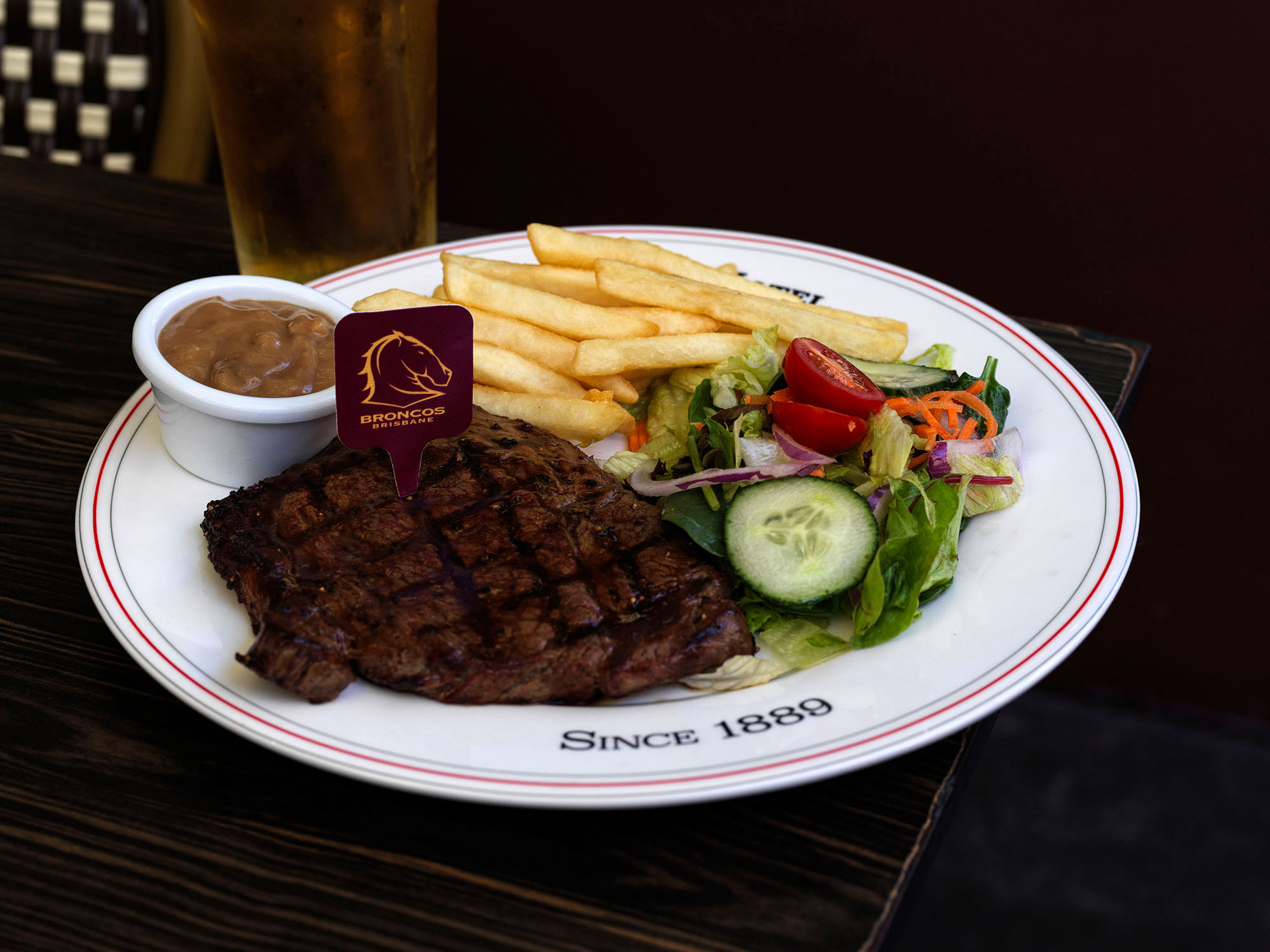Editor’s Letter

Welcome to the Turf ‘N Surf issue where sport takes centre stage with the 2023 seasons of the National Rugby League (NRL), the Australian Football League (AFL) and Super Rugby well underway – that’s the turf covered.
And the surf? In this issue Mark Best shines a light on Flinders Island in Bass Strait and Myffy Rigby tours the Mornington Peninsula for What’s Good in the Hood.
Stadium food has well and truly levelled up in recent times with punters wanting more than just a lukewarm pie to sustain them as the beers, cheers and jeers flow freely. High profile chefs across the country are taking up the challenge of game day dining and Pat Nourse chats with Matt Moran, Victor Liong and Mike Eggert to get the score on stadium dining.
Australian Beef has entered its second year of sponsorship with the Brisbane Broncos – a partnership fueled by the nutritional powerhouse that is Australian Beef. Healthy, balanced beef meals provide vital nutrients that help athletes and every day Aussies alike perform at their best.
On the healthy beef train – we catch up with social media chef sensation Andy Hearnden (4M TikTok and 2.2M Instagram) and Humble on Duke chef/owner Stacey Conner on the Sunshine Coast to capture their interpretations of a healthy beef meal for Cut Two Ways.
Still on the Turf, we head to Brisbane where ALH – Australia’s largest hotel group – has introduced a Footy Fever dish to the menu of their Queensland based venues for the duration of the football season. Leveraging the momentum of national sporting leagues and events is a great way to drive incremental meal sales and the Broncos Steak, basted with a XXXX BBQ sauce is a tasty way to do so.
Mark Best heads to incredible Flinders Island where he meets with Jo Youl – an island powerhouse promoting the produce and attributes of this remote island off the coast of Tasmania in Bass Strait. From producing Angus beef on the island to running the Flinders Island Wharf Restaurant and its roster of renowned chefs; providing luxury farm stay accommodation and other tourism ventures, if anyone knows Flinders Island, it’s Jo.
Finally, Myffy Rigby heads for the Mornington Peninsula where wild surf coasts and calm ocean bays encase a stretch of turf populated with fine wineries and a wealth of delicious dining options – from tantalising Tedesca to the awe of Audrey’s, be sure to add the Mornington Peninsula to your travel plans.
Mary-Jane Morse
Meat & Livestock Australia
[email protected]
@_raremedium
Copyright: this publication is published by Meat & Livestock Australia Limited ABN 39 081 678 364 (MLA).


